Massage Techniques That Target Shoulder and Neck Tension
August 26, 2025
12 min
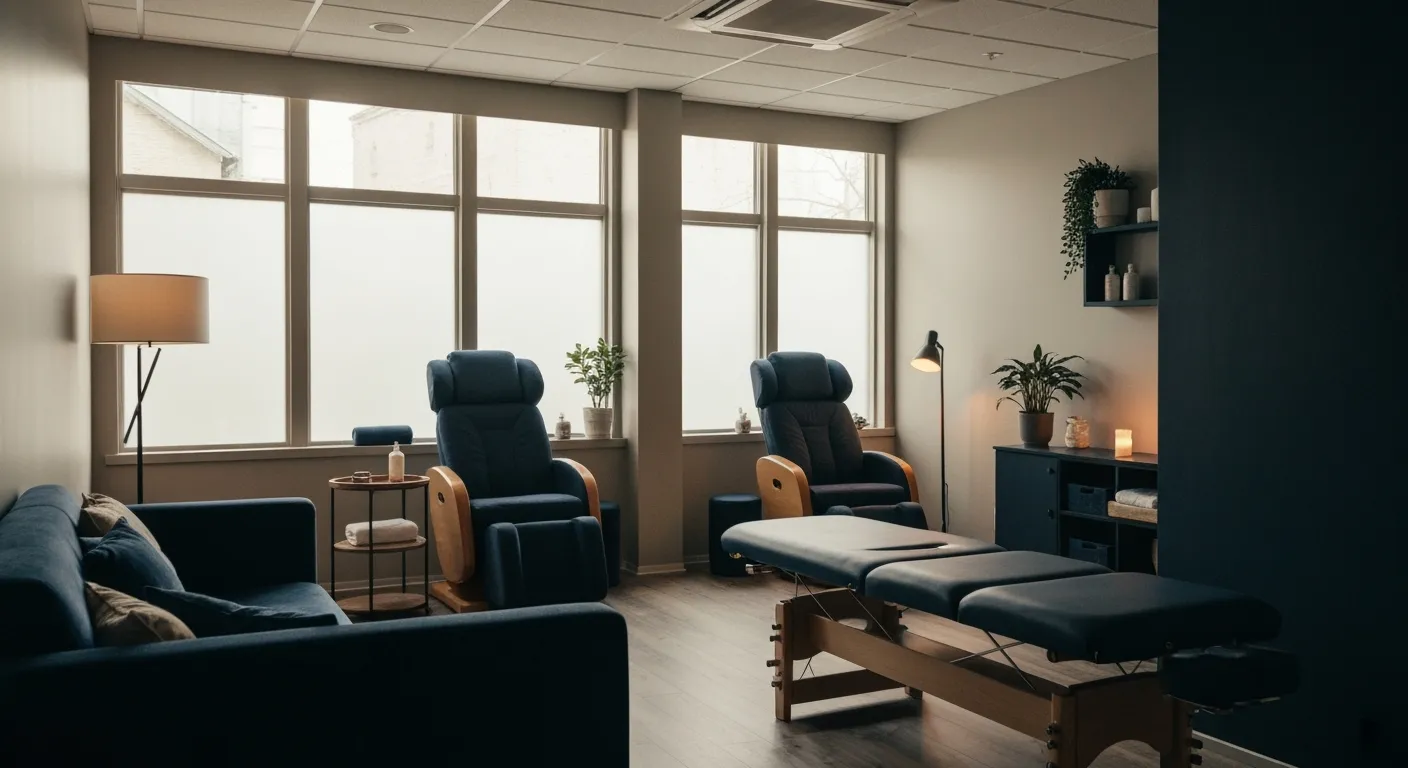
Understanding Neck and Shoulder Tension
Neck and shoulder tension is a common complaint affecting millions due to factors such as poor posture, repetitive strain, stress, and underlying health conditions. This muscle tightness can lead to discomfort, limited mobility, and even headaches. Massage therapy offers effective techniques to alleviate this tension, improve circulation, and promote relaxation. Whether through professional care or self-massage methods, understanding these techniques empowers individuals to manage pain and improve their well-being.
Causes of Neck and Shoulder Pain and How Massage Provides Relief

What causes neck and shoulder pain, and how can massage provide relief?
Neck and shoulder pain often arise from a combination of factors, including poor posture, muscle strain, stress, and degenerative conditions such as osteoarthritis. Traumatic events like whiplash and repetitive movements also contribute significantly to discomfort, leading to muscle tension, trigger points, and inflammation. Over time, these issues can cause stiffness, limited mobility, and ongoing pain.
Repetitive motions at work or during daily activities put stress on muscles like the trapezius, levator scapulae, and infraspinatus. This strain may result in muscle adhesions and tightness, which further aggravate pain. Additionally, inflammation and muscle tightness restrict blood flow, delaying recovery and worsening symptoms.
Massage therapy offers a holistic approach to relieve these symptoms. By focusing on relaxing the deep layers of muscle and fascia, massage techniques such as deep tissue massage and myofascial release can target specific areas of tension and knots. These methods help to break down adhesions, release trigger points, and improve circulation.
Furthermore, massage enhances lymphatic drainage, reducing inflammation and swelling. It also relieves muscle tightness, promoting flexibility and restoring normal movement. Skilled therapists use techniques like kneading, circular motions, and pressure point therapy to relax muscles and alleviate pain.
Overall, massage supports healing by decreasing muscle tension, reducing inflammation, and increasing blood flow. This not only alleviates immediate discomfort but also helps prevent future issues caused by chronic muscle tightness and poor posture. Regular sessions can improve posture, flexibility, and overall neck and shoulder function, making massage an effective remedy for both acute and persistent pain.
Key Massage Techniques Targeting Shoulder and Neck Tension
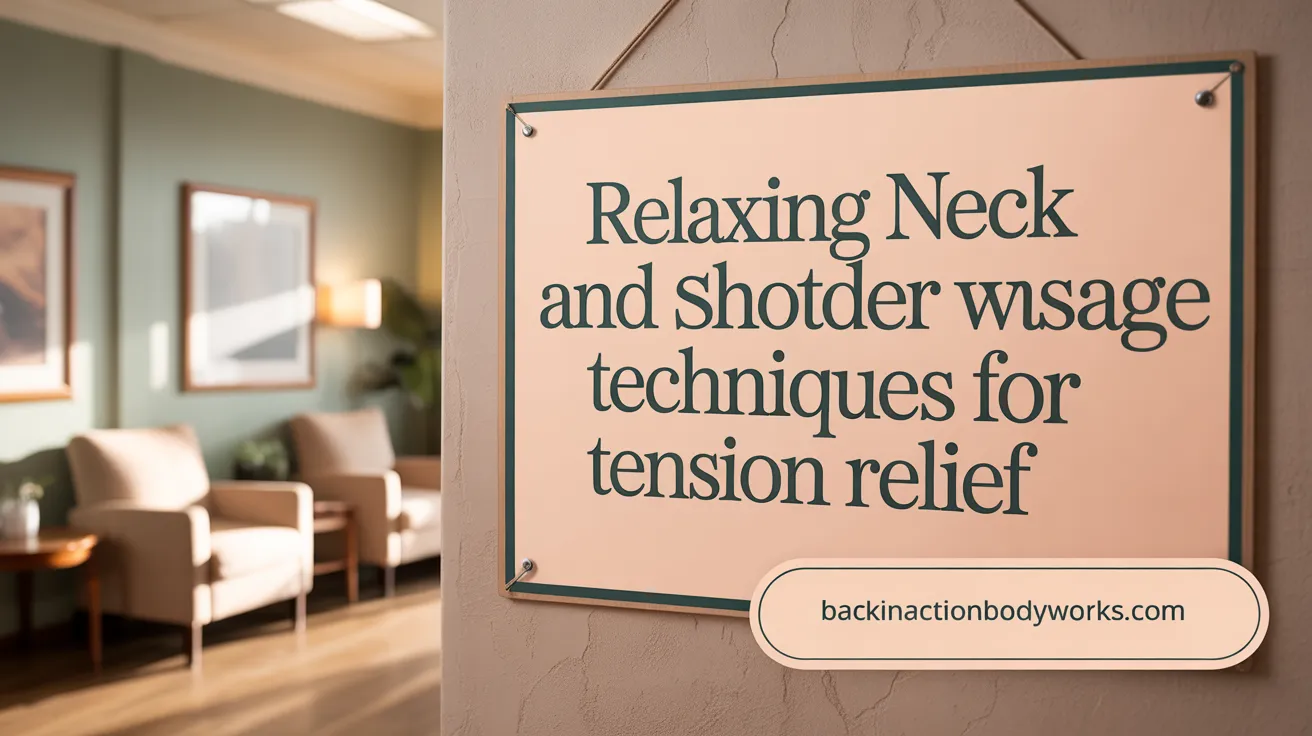
What are some massage techniques specifically targeting shoulder and neck tension?
Several effective massage techniques focus on relieving tightness and discomfort in the shoulder and neck area. Deep tissue massage is prominent, involving firm pressure and slow, focused strokes that reach the deeper muscle layers. This method helps break up muscle adhesions, reduce chronic tension, and improve mobility.
Effleurage is another essential technique, characterized by long, gentle strokes along the neck and shoulders. These strokes warm up muscles, promote relaxation, and enhance blood flow. Complementing this is Petrissage, which entails gentle squeezing and kneading of muscles like the trapezius and deltoid. This action helps release muscle knots, increase circulation, and reduce tension.
Trigger point therapy also plays a significant role by targeting highly sensitive spots in muscles—commonly called 'knots'—to alleviate localized pain and stiffness. Applying precise pressure on these points releases tension and boosts relaxation.
Myofascial release techniques, especially suboccipital release, aim to loosen the fascia — the connective tissue surrounding muscles — to improve overall movement and diminish associated headaches.
It’s important to note that while these techniques are highly beneficial, proper application involves avoiding direct pressure on bones or joints, which can cause pain or injury. Skilled therapists adapt their methods to ensure comfort and effectiveness.
Overall, these targeted approaches provide immediate relief, improve muscle flexibility, prevent future injury, and contribute to better posture and well-being.
How Massage Techniques Work to Relax Muscles and Reduce Tension

How do massage techniques work to relax muscles and reduce tension in the shoulder and neck areas?
Massage therapy employs various targeted techniques to effectively relax muscles and alleviate tension. One primary way it works is by increasing blood flow to the affected areas. Enhanced circulation delivers more oxygen and nutrients to the muscles, which aids in tissue repair and helps remove metabolic waste products that accumulate from muscle strain or injury.
Practices such as kneading, circular motions, and trigger point therapy focus on breaking up muscle adhesions and knots—called trigger points—that contribute to discomfort and restricted movement. These manipulations loosen tight muscle fibers and fascia, improving flexibility and reducing stiffness.
Furthermore, massage stimulates the nervous system's relaxation response. When skilled therapists apply gentle to firm pressure, it signals the brain to release feel-good chemicals, like endorphins, and to downregulate stress hormones such as cortisol. This cascade reduces muscle tension, relieves pain, and creates a calming effect on both the body and mind.
In addition, massage activates pain gating mechanisms—areas in the nervous system that modulate and inhibit pain signals—leading to immediate relief of discomfort. The combined effects promote a state of relaxation that benefits overall well-being while addressing specific muscular issues.
| Technique | Effect | Additional Details |
|---|---|---|
| Blood flow improvement | Delivers oxygen and nutrients, removes waste | Supports tissue healing |
| Breaking adhesions | Loosens muscle knots and fascial restrictions | Enhances flexibility and range of motion |
| Nervous system stimulation | Activates relaxation pathways | Lowers stress hormones and reduces muscle tension |
| Endorphin release | Natural painkillers, improve mood | Contribute to mental calmness and pain relief |
By systematically applying these techniques, massage serves as a holistic approach to reduce muscular tension, improve mobility, and promote overall relaxation. Regular sessions can help prevent future discomfort and support long-term musculoskeletal health.
Professional Massage Therapies Best Suited for Neck and Shoulder Relief
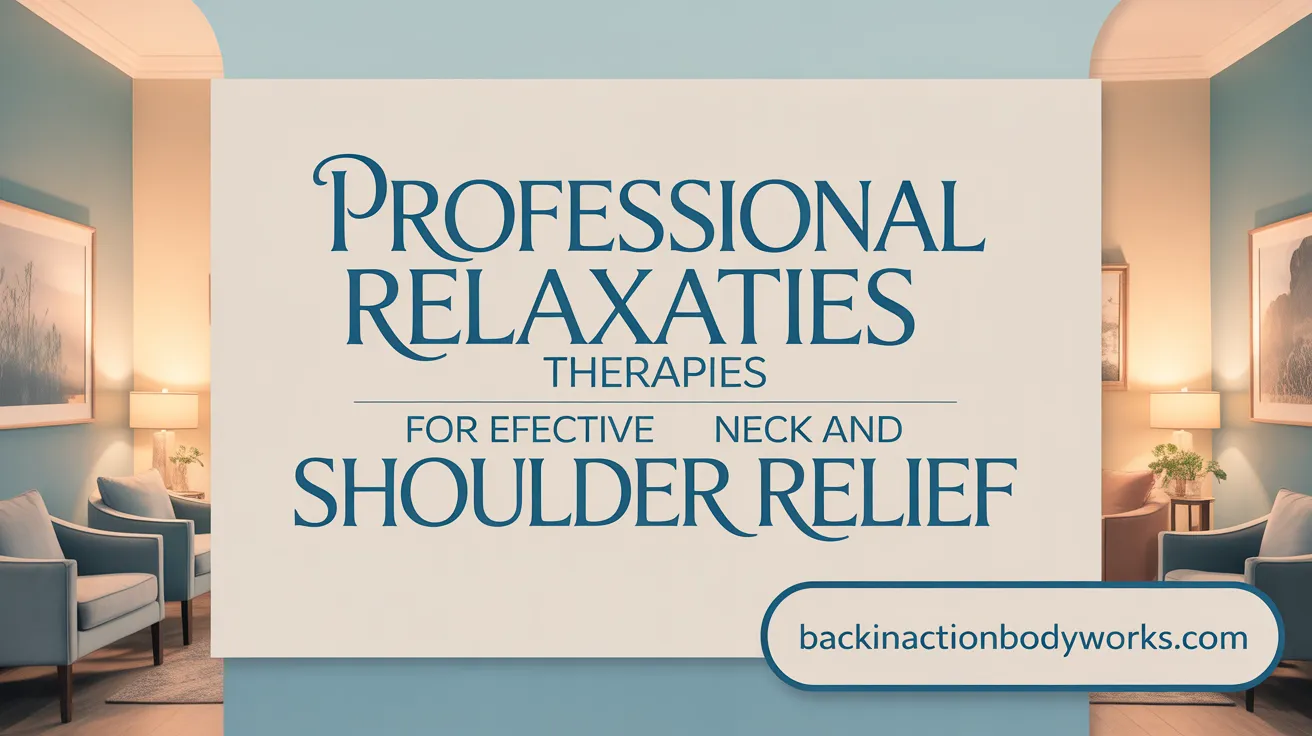 When dealing with neck and shoulder tension, choosing the right massage therapy can make a significant difference. Different techniques target various layers of muscle and tissue, providing both immediate relief and long-term benefits.
When dealing with neck and shoulder tension, choosing the right massage therapy can make a significant difference. Different techniques target various layers of muscle and tissue, providing both immediate relief and long-term benefits.
Swedish massage is particularly popular for relaxing the superficial muscles. It employs gentle, flowing strokes that improve blood flow, reduce stress, and ease mild to moderate muscle tension. This style is ideal for those experiencing general soreness or stress-related tightness.
In cases of chronic tension or deep-seated adhesions, deep tissue massage proves effective. It involves slow, firm pressure with focused strokes to reach deeper muscle layers and connective tissue. This approach helps break down knots, decrease adhesions, and increase joint mobility, making it suitable for persistent stiffness.
Trigger point therapy concentrates on specific tight spots or 'knots' within the muscles. By applying targeted pressure, it releases muscle tension quickly and relieves pain in localized areas. Often combined with other modalities, it is especially useful for addressing acute pain sources.
Hot stone massage adds the element of heat, which enhances muscle relaxation and blood circulation. Hot stones placed on or moved across tense muscles help ease stiffness and reduce muscle spasms.
Cupping therapy involves placing suction cups on the skin to stimulate circulation and promote healing. This technique can help loosen tight muscles, improve blood flow, and decrease inflammation, especially in stubborn tension areas.
While each modality offers unique benefits, customizing a professional massage session based on individual needs ensures optimal outcomes. Skilled therapists can blend techniques like deep tissue work, trigger point release, hot stones, and cupping to effectively relieve neck and shoulder discomfort.
| Technique | Main Benefits | Ideal For | Additional Notes |
|---|---|---|---|
| Swedish Massage | Relaxation, improved circulation | Mild to moderate tension | Gentle strokes, perfect for stress relief |
| Deep Tissue Massage | Breaks down adhesions, relieves chronic pain | Chronic stiffness, muscle knots | Slow, firm pressure aimed at deeper layers |
| Trigger Point Therapy | Releasing muscle knots | Localized pain, knots in shoulder/neck | Precise pressure on problem spots |
| Hot Stone Massage | Muscle relaxation, pain reduction | General muscle tension | Uses heated stones for enhanced relaxation |
| Cupping Therapy | Circulation boost, inflammation reduction | Stubborn tension, inflammation | Suction cups create negative pressure, needs professional application |
Understanding and combining these therapies for personalized treatment plans can significantly improve neck and shoulder health. Regular sessions may prevent future issues, promoting overall comfort and flexibility.
Effective Self-Massage Techniques for Neck and Shoulder Pain Relief
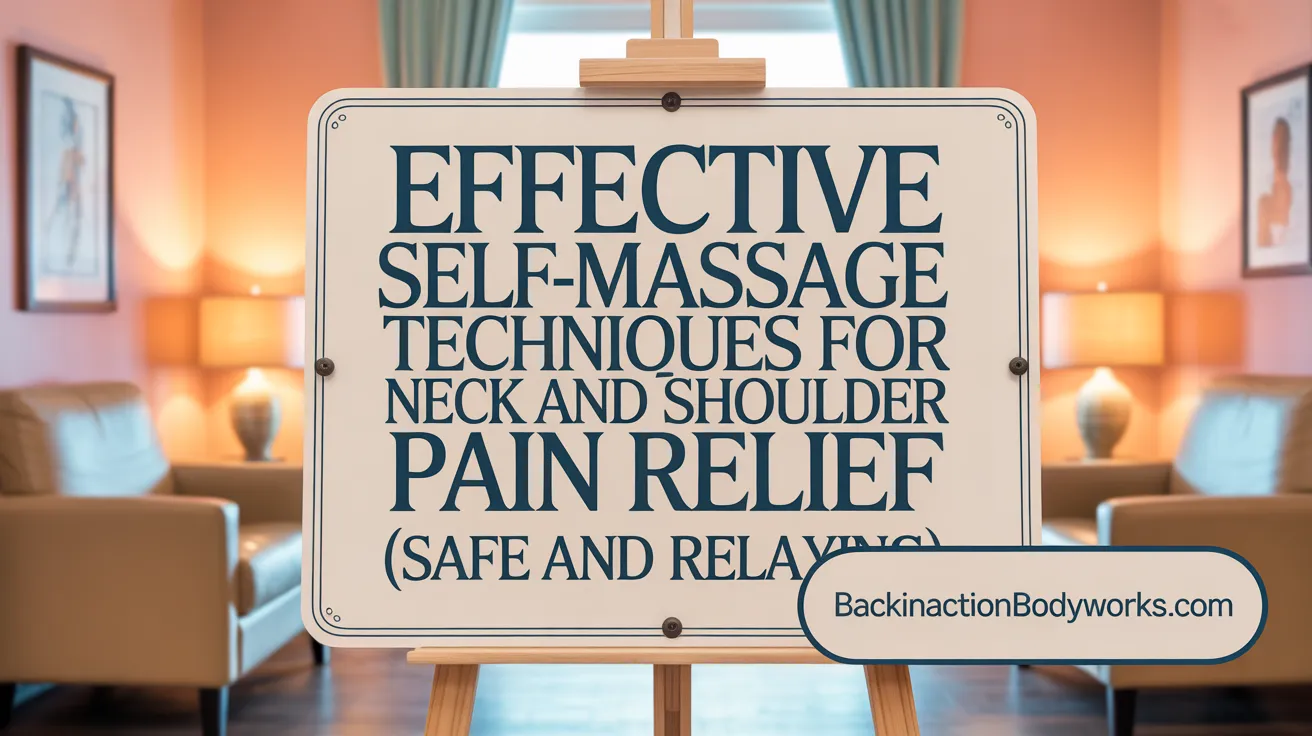
What are effective self-massage techniques to relieve neck and shoulder pain?
Self-massage can be a practical way to reduce tension and discomfort in the neck and shoulder area. One effective method involves applying firm, circular fingertip pressure directly on tender spots, especially at the base of the neck and along the shoulders. Hold the pressure until the muscles start to relax, which helps break up muscle knots and improve circulation.
In addition to fingertip pressure, gentle neck stretches can provide relief. Tucking the chin slightly and tilting the head side to side carefully stretch the neck muscles, easing stiffness and promoting flexibility.
Performing shoulder rolls is another simple yet beneficial technique. Roll your shoulders forward in slow, controlled motions, then backward, to help loosen tight muscles around the upper back and shoulders.
Using self-massage tools like tennis balls or foam rollers can target deeper muscle knots more effectively. Place a tennis ball between your back or shoulders and a wall, then gently roll over the area to release tension.
It is important to approach these techniques with caution. Always be gentle, especially if muscles are sensitive or inflamed. Stop immediately if you experience increased pain or discomfort, and consult a healthcare professional if needed.
Techniques Summary
| Technique | Method | Benefits | Additional Tips |
|---|---|---|---|
| Circular Fingertip Pressure | Press in small circles on tender spots, hold | Breaks up knots, increases blood flow | Use fingers or thumbs, avoid pressing on bones |
| Neck Stretches | Chin tuck, side tilts | Improve flexibility, reduce stiffness | Move slowly, avoid overextension |
| Shoulder Rolls | Forward and backward circles | Relieve tension in upper back | Perform in a comfortable seated position |
| Self-Tools (Tennis Balls, Foam Rollers) | Roll over shoulders and upper back | Deep tissue release | Keep movements slow and controlled |
| Safety Tips | Be gentle, stop if pain worsens | Prevent injury | Consult professionals for persistent pain |
Incorporating these self-massage techniques into your routine can significantly help alleviate neck and shoulder tension, improving overall comfort and mobility.
Incorporating Self-Care Practices to Enhance Massage Benefits
What self-care practices can improve shoulder and neck health through effective massage techniques?
Enhancing the benefits of professional or self-administered massage involves complementing treatments with targeted self-care routines. Regular stretching exercises such as neck tilts, shoulder rolls, and the cat-cow pose improve flexibility and help release built-up tension in the muscles.
Applying heat therapy, like warm compresses or relaxing baths, helps relax stiff muscles and increase blood flow, which accelerates healing. Conversely, cold therapy with ice packs can reduce inflammation and numb localized pain, providing immediate symptomatic relief.
Maintaining proper posture throughout daily activities is crucial to prevent strain and muscular imbalance. Simple ergonomic adjustments, such as aligning your computer screen at eye level and using supportive chairs, can make a significant difference.
Managing stress through mindfulness, deep breathing, or relaxation exercises also reduces muscle tension caused by emotional stress. Incorporating supportive tools like ergonomic pillows and ensuring correct sleep positioning further supports neck and shoulder health by minimizing unnecessary strain.
Combining these self-care practices with massage techniques can lead to more sustained relief, better mobility, and a lower risk of future discomfort. The integration of stretching, heat and cold therapy, posture awareness, and stress management creates a comprehensive approach to maintaining neck and shoulder wellness.
Techniques for Releasing Knots and Muscle Stress in Shoulder Blades
Identifying symptoms of deep shoulder blade knots
Deep knots in the shoulder blades often cause persistent pain, muscle tightness, tenderness, limited range of motion, or radiating discomfort into the arms and neck. These symptoms can lead to a feeling of stiffness and weakness in the area, sometimes accompanied by tingling or numbness if nerve pressure occurs.
Massage methods for trapezius, deltoid, and infraspinatus
Effective massage techniques include kneading muscles with circular motions and squeezing the outer shoulder areas to loosen the deltoids. Using a 'C' shape with hands can also help massage the trapezius muscles, relieving tension. Gentle, rhythmic squeezing targeting the muscles around the shoulders, like the levator scapulae and infraspinatus, can decrease tightness and improve blood flow.
Trigger point and myofascial release for shoulder blades
Trigger point therapy involves applying precise pressure to tight spots or 'knots' within muscle fibers to release tension. Myofascial release, on the other hand, uses steady pressure on the connective tissue to relax the fascia surrounding muscles, alleviating restrictions and improving movement.
Role of professional therapy vs self-myofascial release
Professional massage therapy employing deep tissue, trigger point, and myofascial release techniques provides targeted relief, particularly for chronic or severe muscle knots. Self-myofascial release, using tools like foam rollers and tennis balls, is a cost-effective way to maintain relief and prevent knot formation by regularly working on sore muscles independently.
Preventive measures for muscle knots
Maintaining proper posture, practicing regular stretching exercises such as shoulder rolls and neck tilts, staying well-hydrated, managing stress, and taking frequent breaks during repetitive activities can help prevent the formation of muscle knots. Incorporating self-massage routines with tools or gentle techniques can also promote muscle relaxation and overall shoulder health.
Combining Massage with Stretching and Posture Correction for Long-Term Relief
Benefits of integrating massage and stretching
Combining massage therapy with regular stretching enhances muscle relaxation and flexibility. Massage helps release tension, break up muscle adhesions, and improve blood flow, while stretching maintains muscle length and prevents tightness. Together, these modalities can reduce chronic neck and shoulder pain and promote better posture.
Exercises like shoulder shrugs and neck rotation
Simple exercises such as shoulder shrugs and neck rotations are effective in alleviating muscle tension. Shoulder shrugs involve lifting and releasing the shoulders repeatedly to relieve built-up tension. Neck rotations, where you gently turn your head side to side, help loosen stiff neck muscles and improve range of motion. These movements can be done daily for sustained relief.
Improving biomechanical function and joint mobility
Proper massage techniques and targeted stretching work hand-in-hand to enhance biomechanical function. They help realign muscle groups, reduce tightness around joints, and increase mobility. Enhanced joint movement prevents misalignments, reduces strain, and supports easier, pain-free movement in everyday activities.
Preventing future injuries through balanced care
A balanced approach that includes ongoing massage, stretching, and posture correction can prevent the recurrence of muscle strain and joint issues. Maintaining good posture during work and daily routines reduces unnecessary stress on muscles and ligaments, lowering injury risk.
Holistic approach for sustained muscle health
Adopting a holistic care routine that incorporates professional massage, self-stretching exercises, heat therapy, and ergonomic improvements offers sustained muscle health. This approach not only alleviates current discomfort but also builds resilience against future tension, supporting overall well-being.
| Technique | Focus Area | Benefits | Tips |
|---|---|---|---|
| Deep tissue massage | Deep muscles | Breaks adhesions, reduces spasms | Regular sessions, especially for chronic pain |
d | Stretching exercises | Neck & shoulders | Increase flexibility, promote blood flow | Daily practice, gentle movements| | Posture correction |Upper body alignment | Prevents muscle strain, enhances movement | Be mindful of posture, ergonomic workspace| | Self-massage tools | Targeted muscle knots | Release tension, improve circulation | Use foam rollers, tennis balls |
Adopting these combined practices can provide lasting relief, improve muscle function, and help prevent future discomfort, creating a more resilient and healthy musculoskeletal system.
Integrating Massage Techniques for Lasting Neck and Shoulder Comfort
Addressing neck and shoulder tension involves a comprehensive approach combining professional massage therapies, self-massage techniques, and consistent self-care practices. Understanding the causes of pain and how targeted massage methods—ranging from gentle Swedish strokes to deep tissue and trigger point therapy—work to relieve muscle tightness is essential. Incorporating stretching, posture correction, and heat or cold applications enhances these benefits, preventing recurrence of tension. Whether seeking professional help or practicing self-massage, adopting these strategies supports muscle relaxation, improves mobility, and promotes overall well-being for lasting relief.
References
- Neck & Shoulder Pain? Try These Targeted Massage Techniques
- How to Give a Shoulder and Neck Massage: Expert-Backed Tips
- Methods for Decompress Back, Neck, and Shoulder Massage
- The best deep tissue massage for neck and shoulder pain
- 13 Neck Massage Techniques for Shoulder & Neck Pain
- Massage Therapy for Office Workers: Easing Neck and Shoulder ...
- How to Ease Stress and Pain with Self-Massage Techniques
- Targeted Therapy: The Best Massage Modalities for Neck ... - WaySpa
- Massage for Neck & Shoulder Pain - Somerset Hills Chiropractic
Recent articles

Complementing Chiropractic Care with Physiotherapy: What You Need to Know
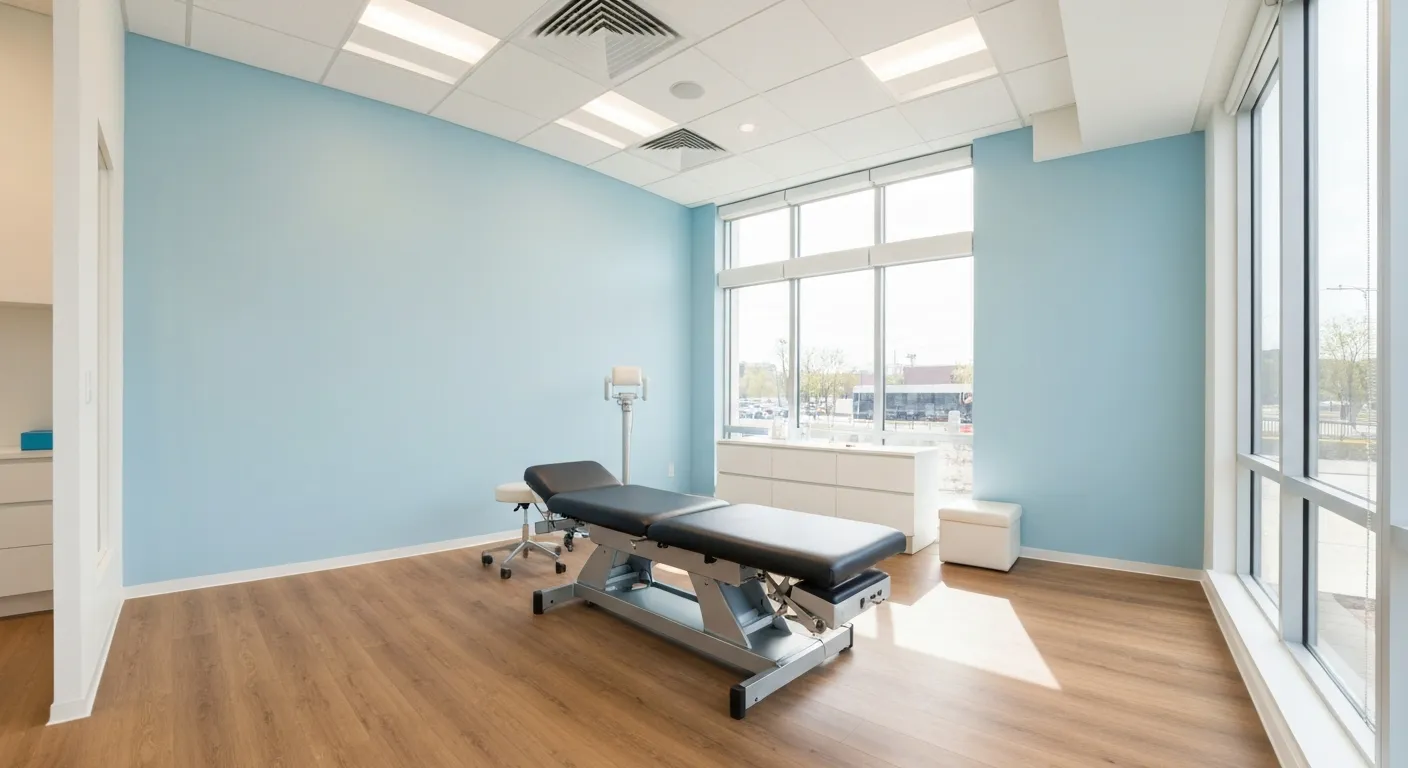
What to Expect During Your First Chiropractic Visit
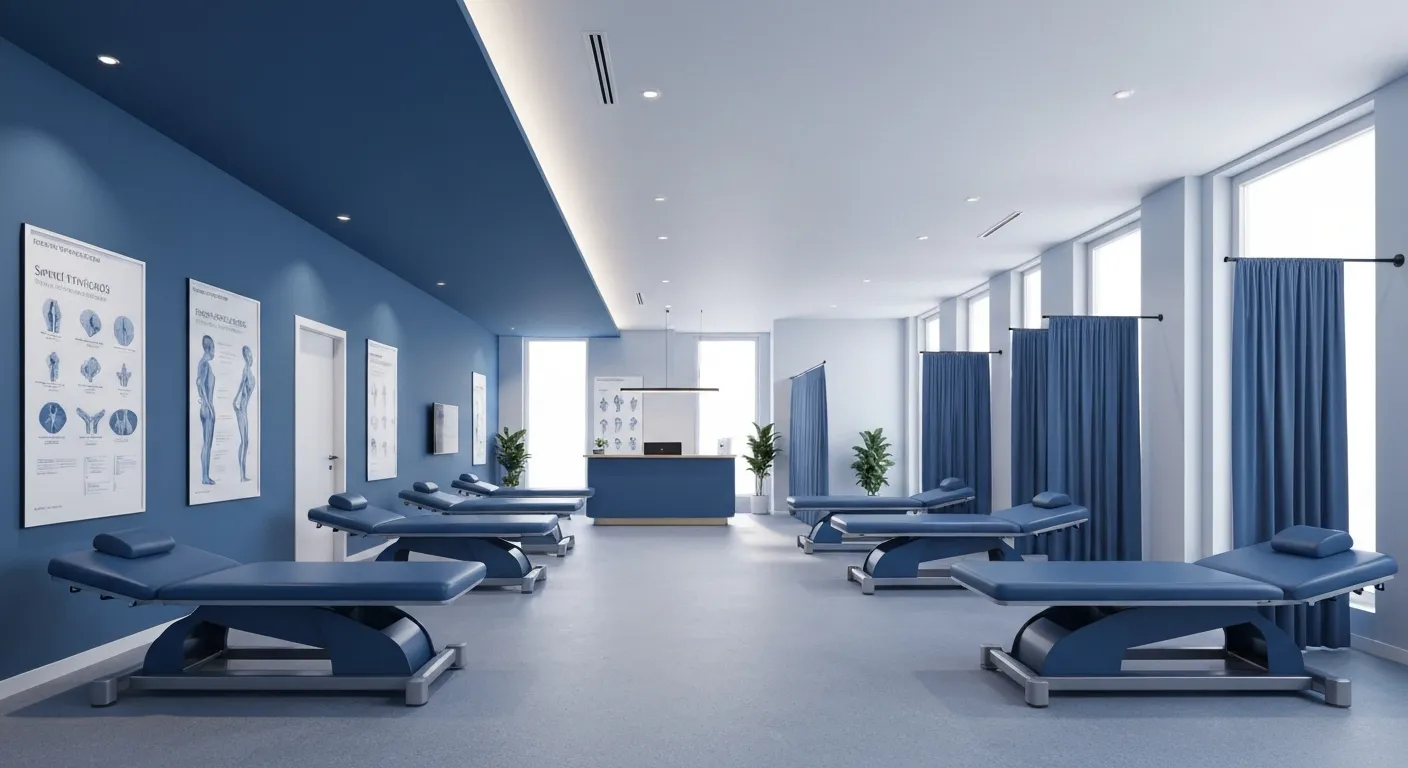
Simple Lifestyle Adjustments to Maintain a Healthy Spine

Personalized Nutritional Counseling for Improved Health Outcomes
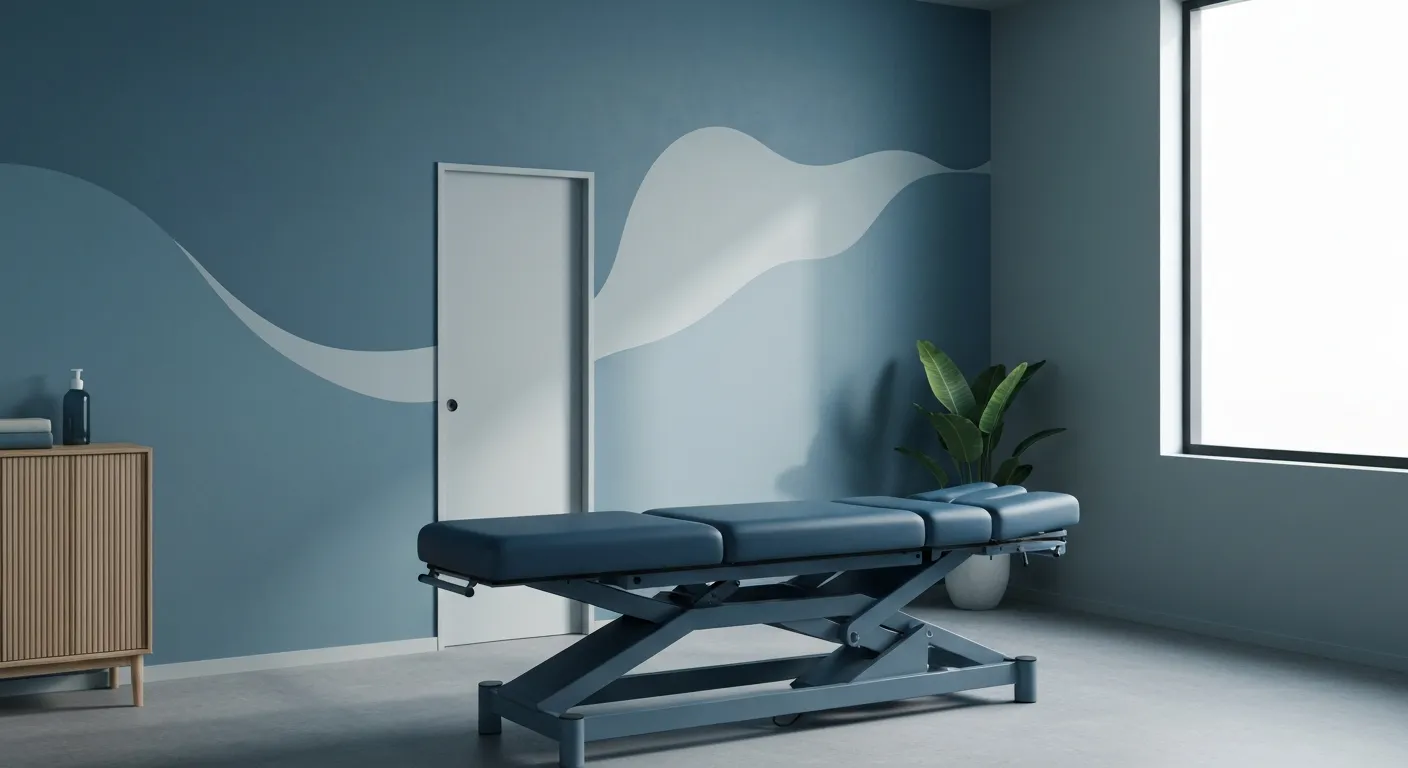
Exploring Non-Surgical Treatments for Spine-Related Conditions
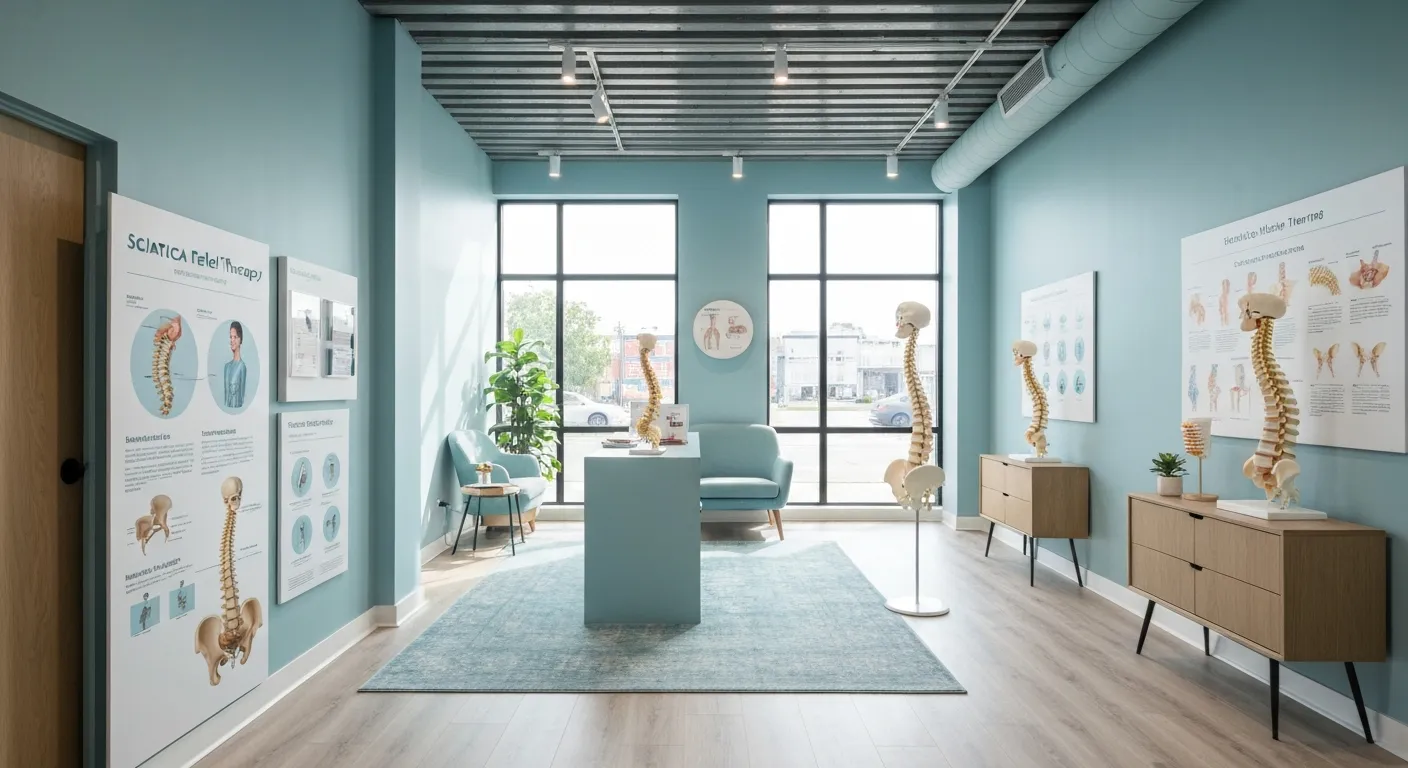
An Introduction to Spinal Decompression for Sciatica Patients
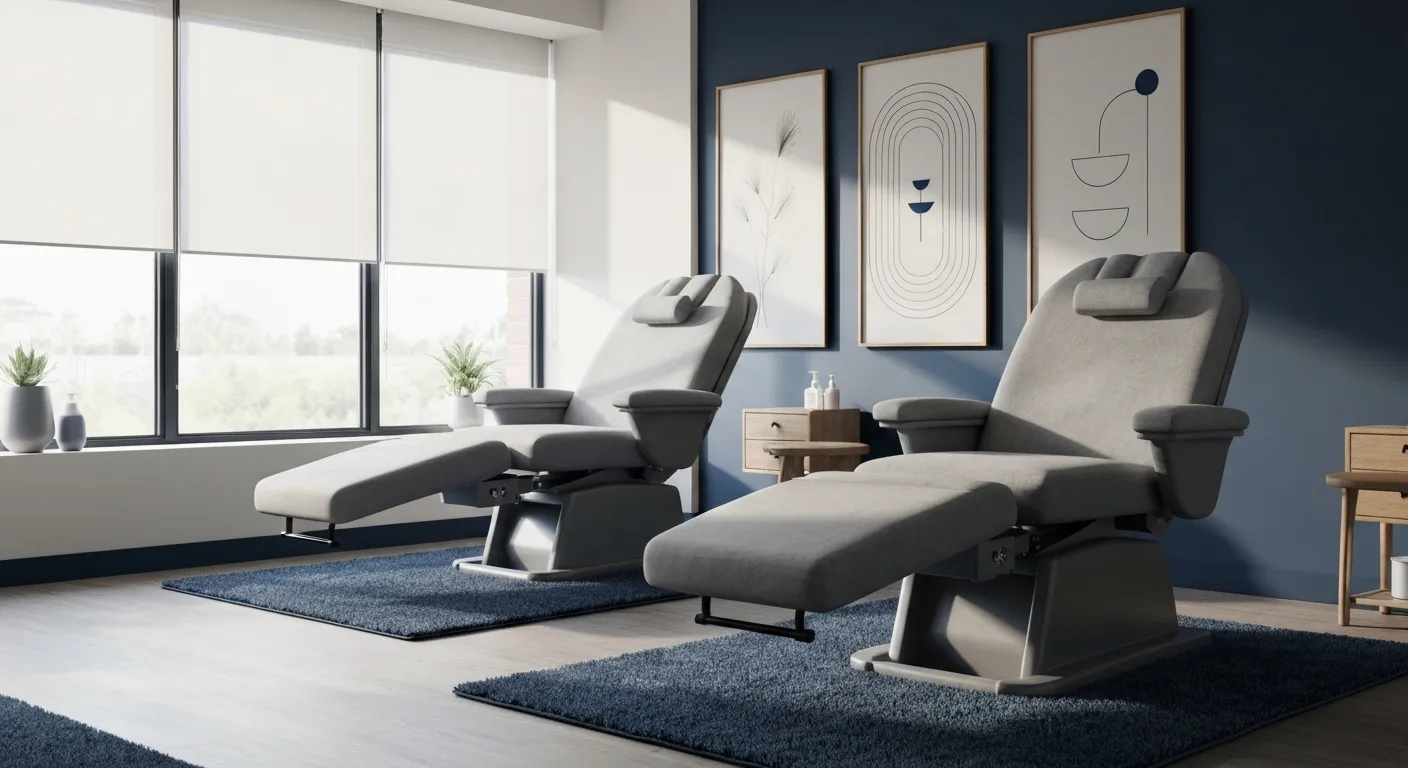
Transformative Success Stories: Patient Experiences with Chiropractic Treatments
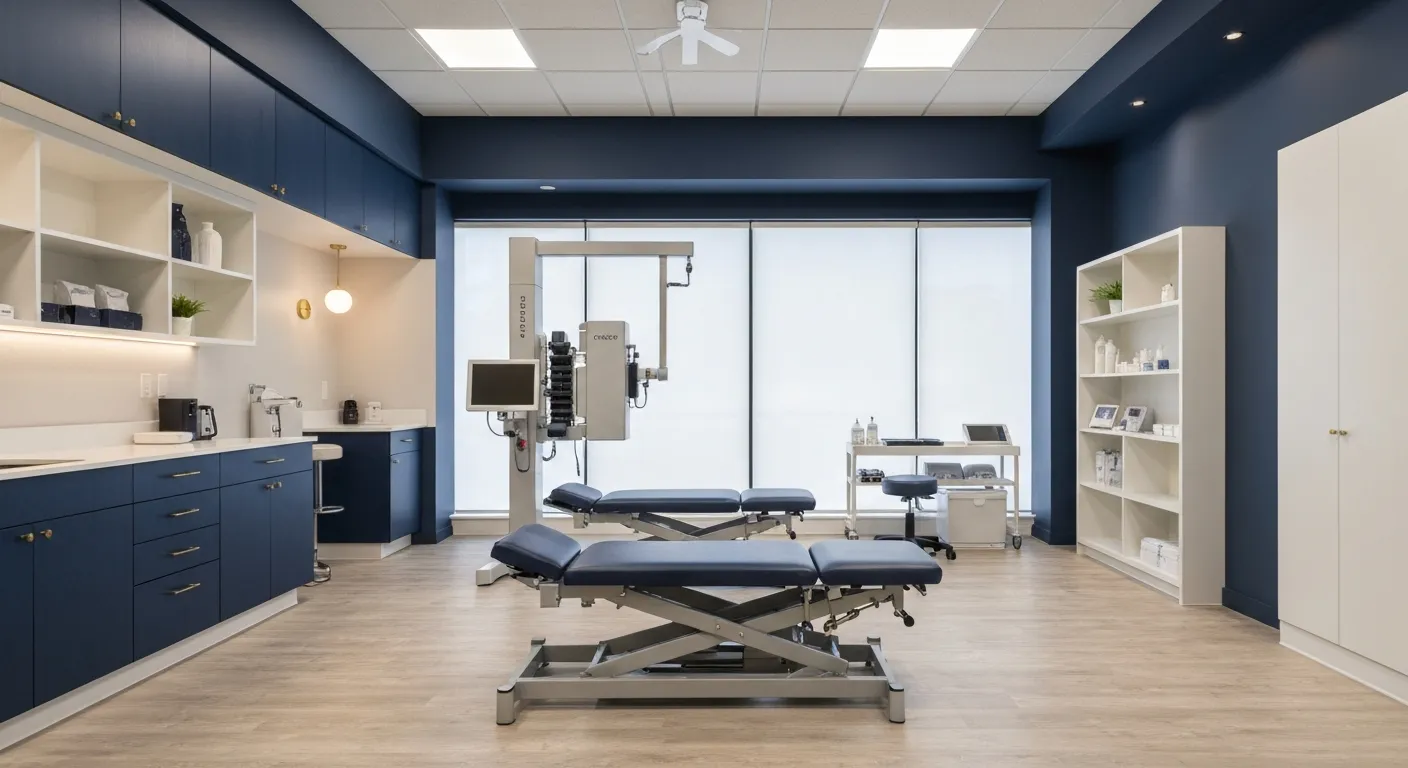
Why Chiropractic Care Is Essential for Back Pain Relief

Addressing Underlying Causes Versus Symptom Management in Pain Care

The Role of Nutrition in Enhancing Chiropractic Treatment Effectiveness

Sciatica Treatment Options: Is Spinal Decompression Right for You?
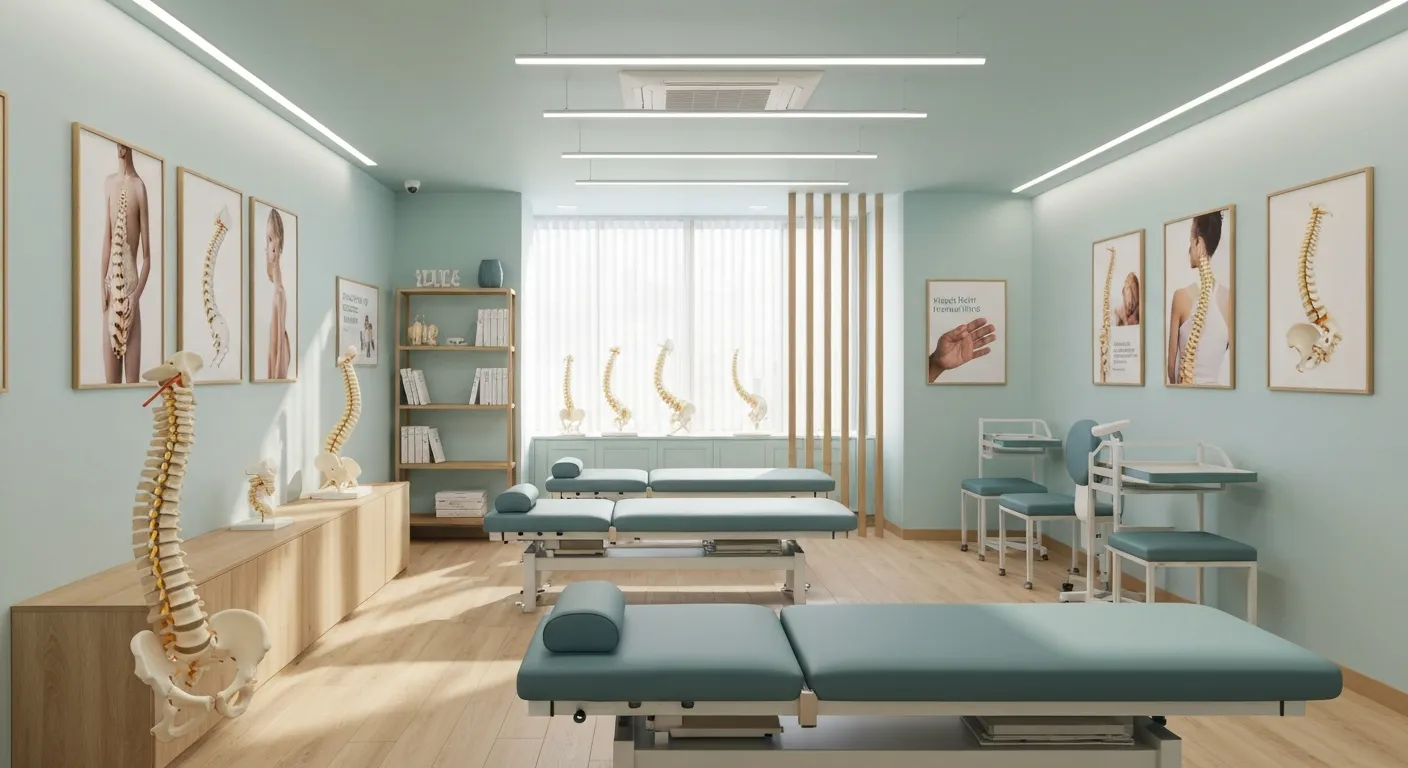
Lifestyle Tips to Maintain a Healthy Spine and Prevent Back Issues

The Synergy Between Physiotherapy and Chiropractic Treatments
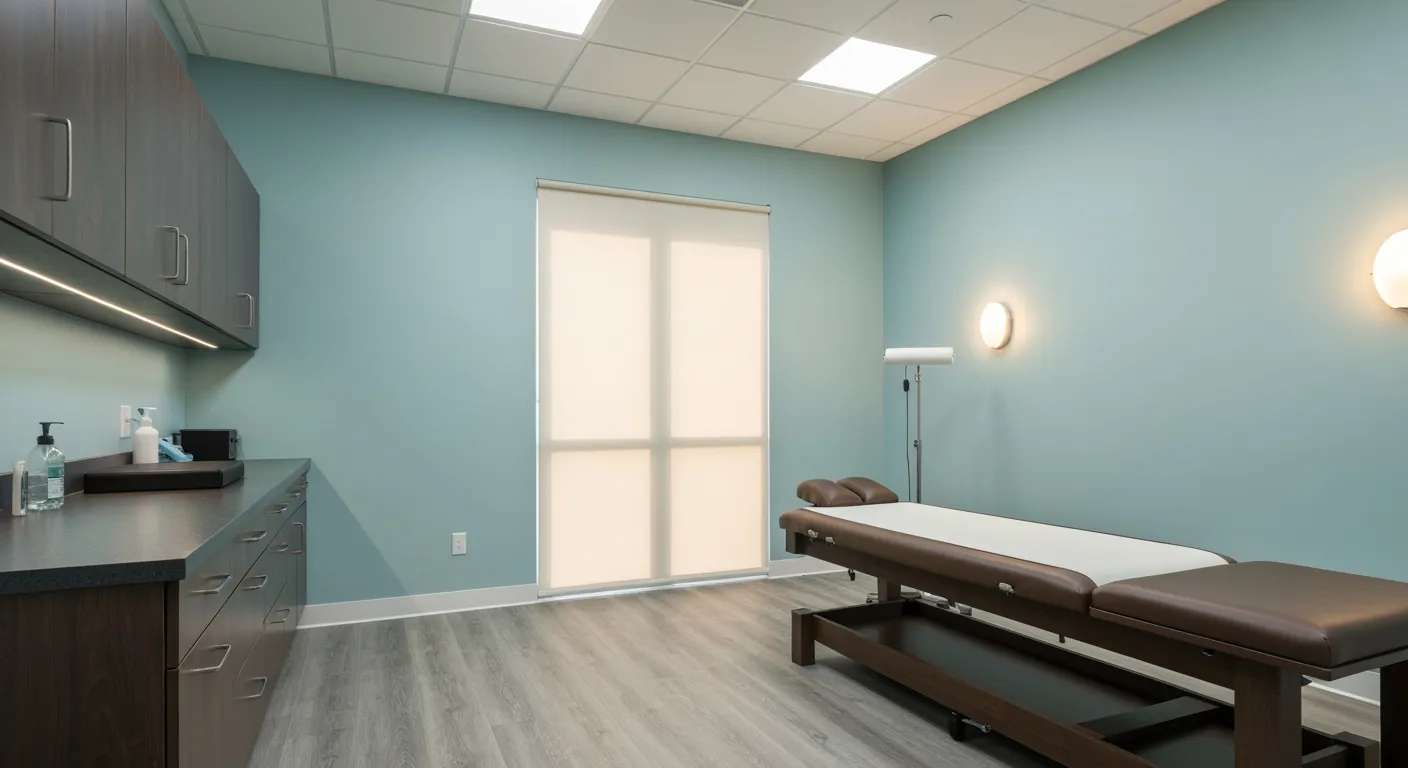
What Happens During Your Initial Chiropractic Consultation
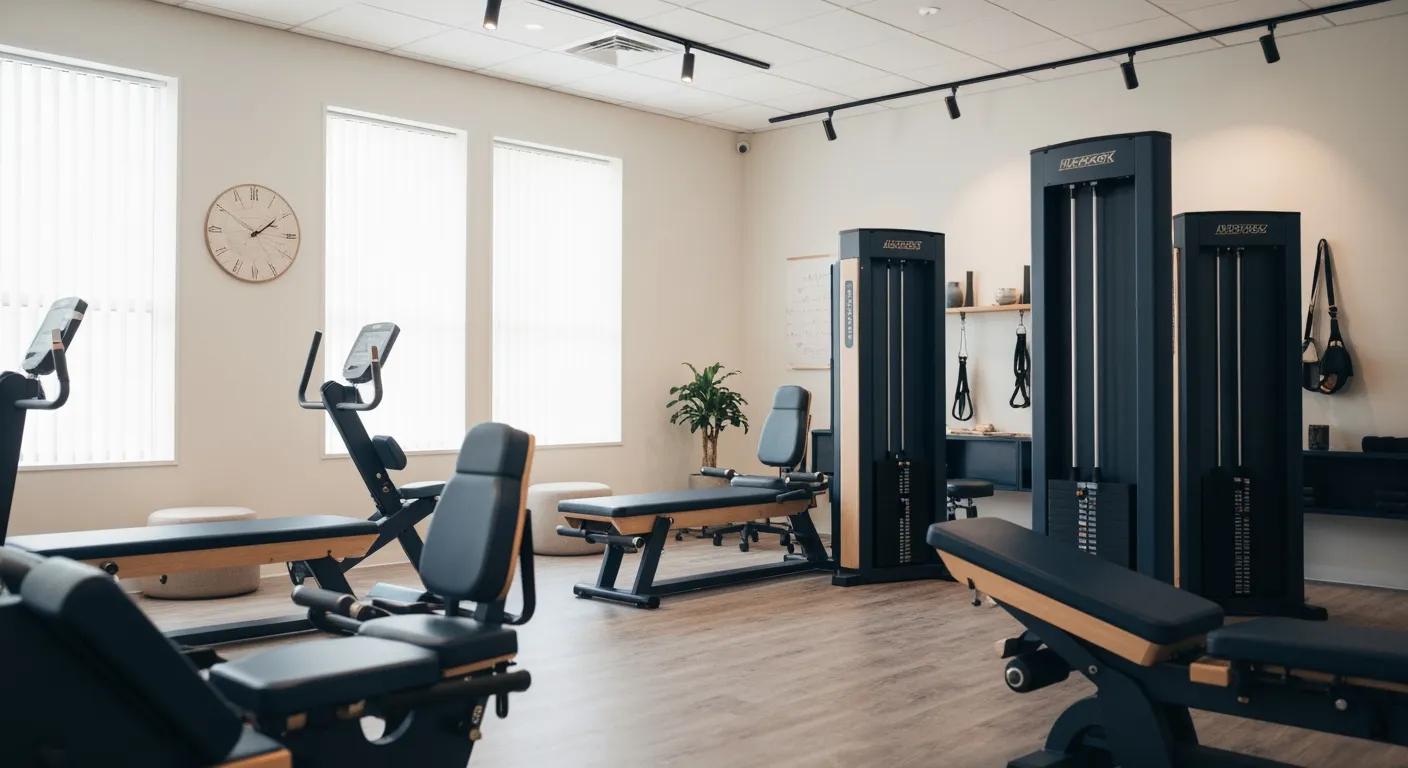
Effective Corrective Exercises for Sustainable Pain Management
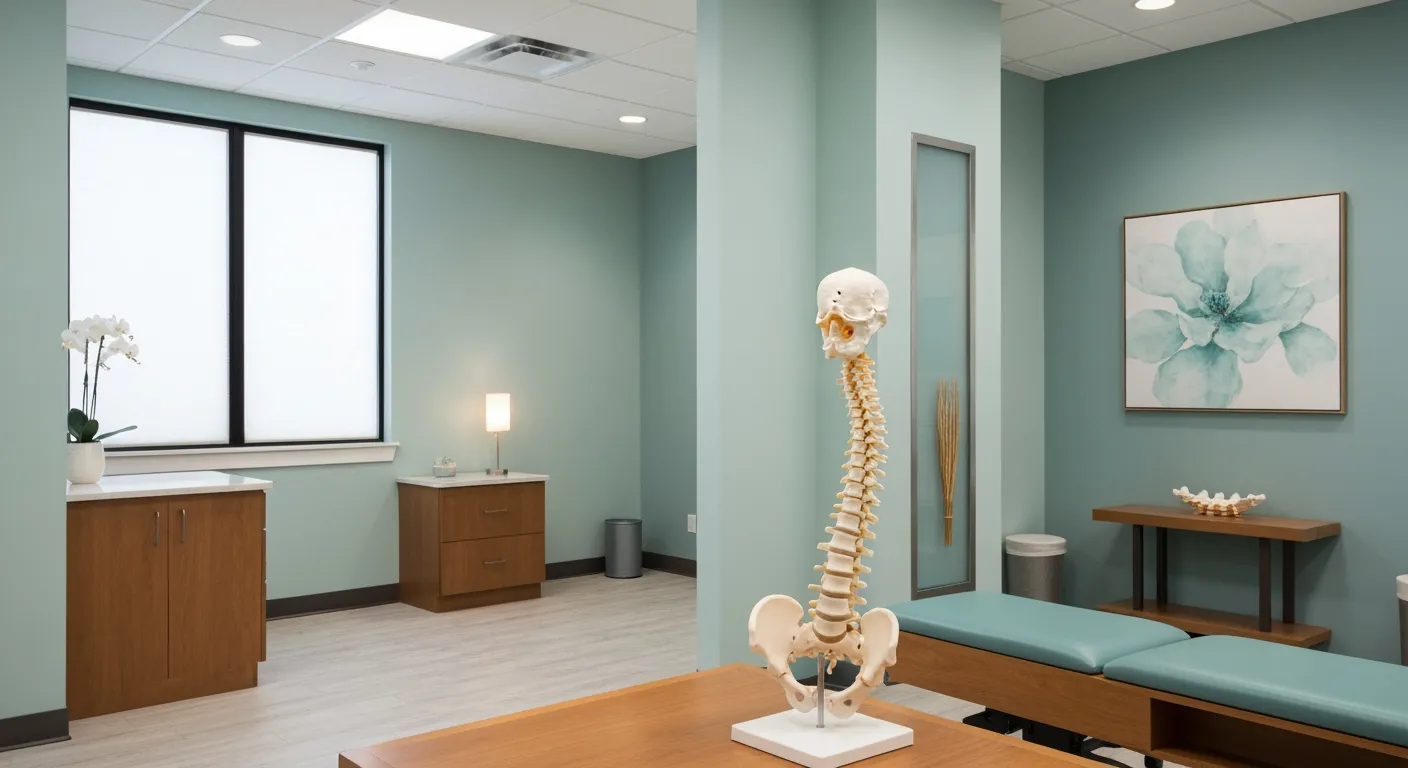
Taking a Root Cause Approach to Chronic Pain Management

Holistic Pain Management Techniques Without Surgery

How Patient Success Stories Validate Chiropractic Care Benefits

Spinal Decompression: Innovative Treatment for Sciatic Nerve Pain
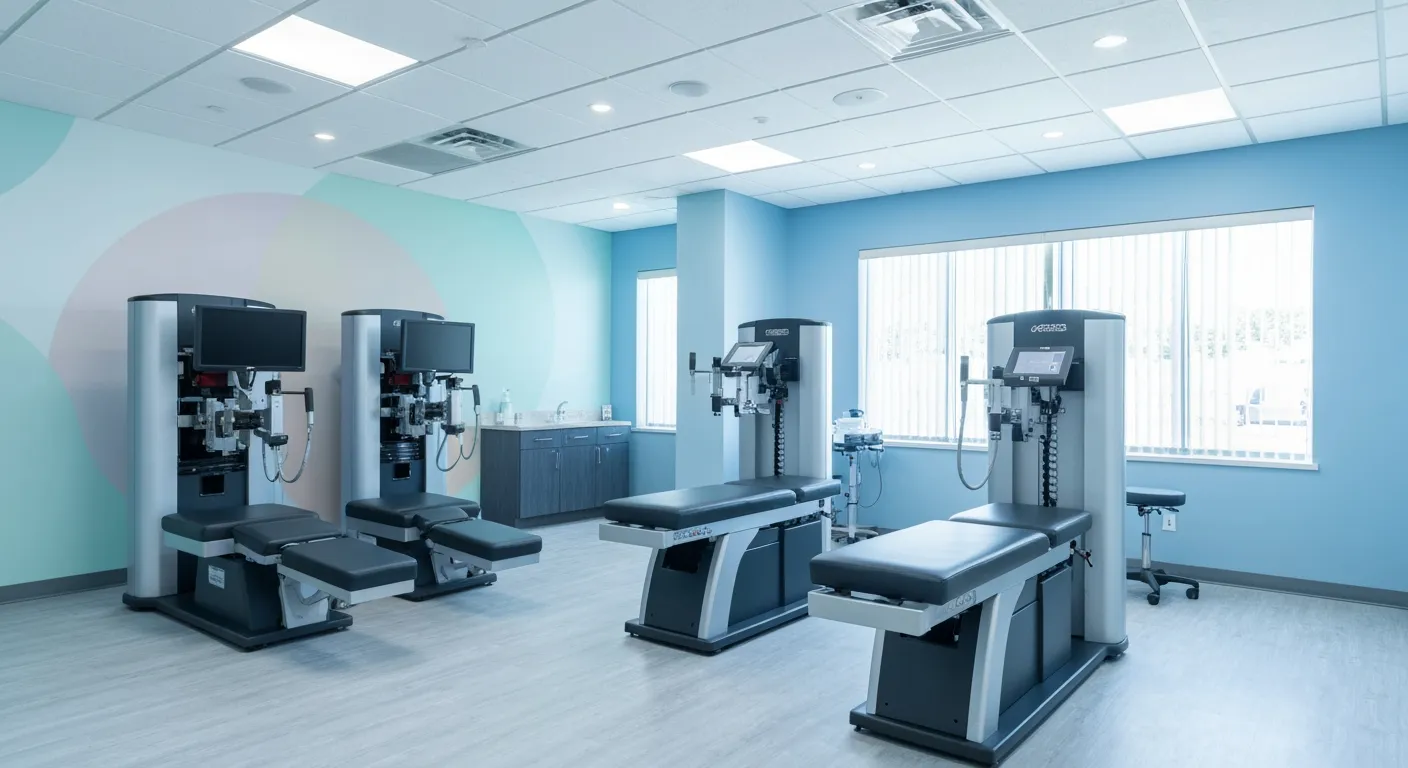
Spinal Decompression Therapy: A Non-Invasive Approach to Sciatica Relief

Exploring Holistic Approaches Beyond Surgery for Pain Relief

Practical Lifestyle Advice to Support a Healthy Spine Every Day
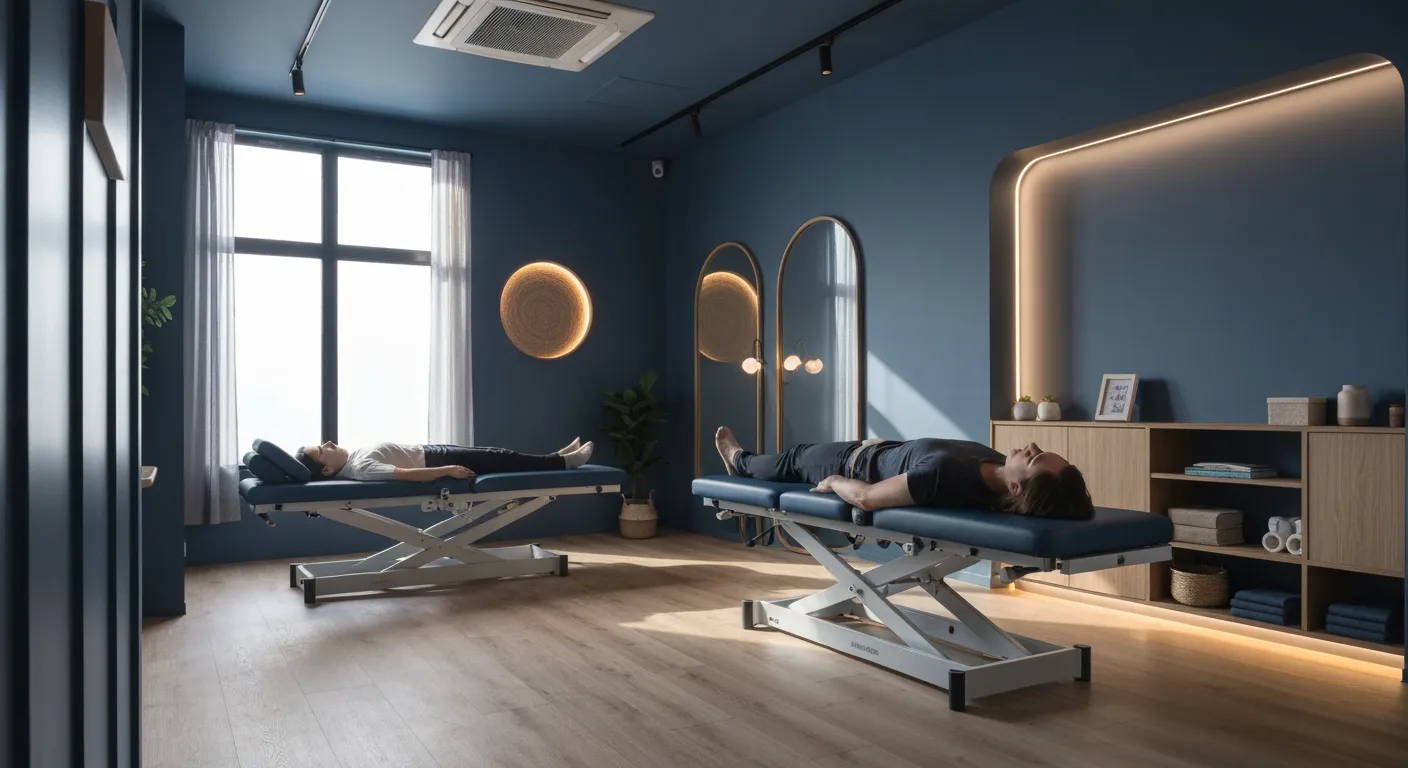
Corrective Exercise Routines Designed for Long-Term Pain Prevention
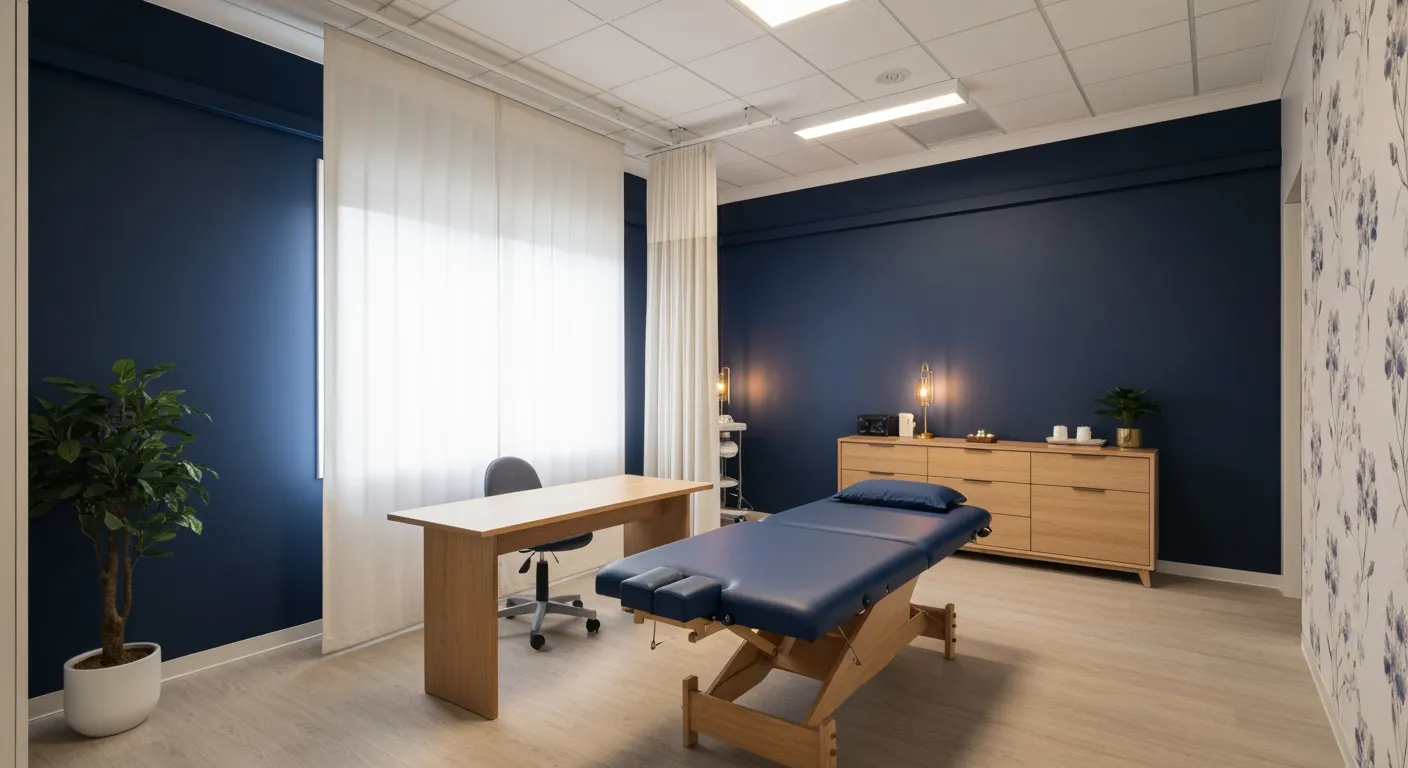
Real Patient Stories: Overcoming Chronic Pain with Chiropractic Care
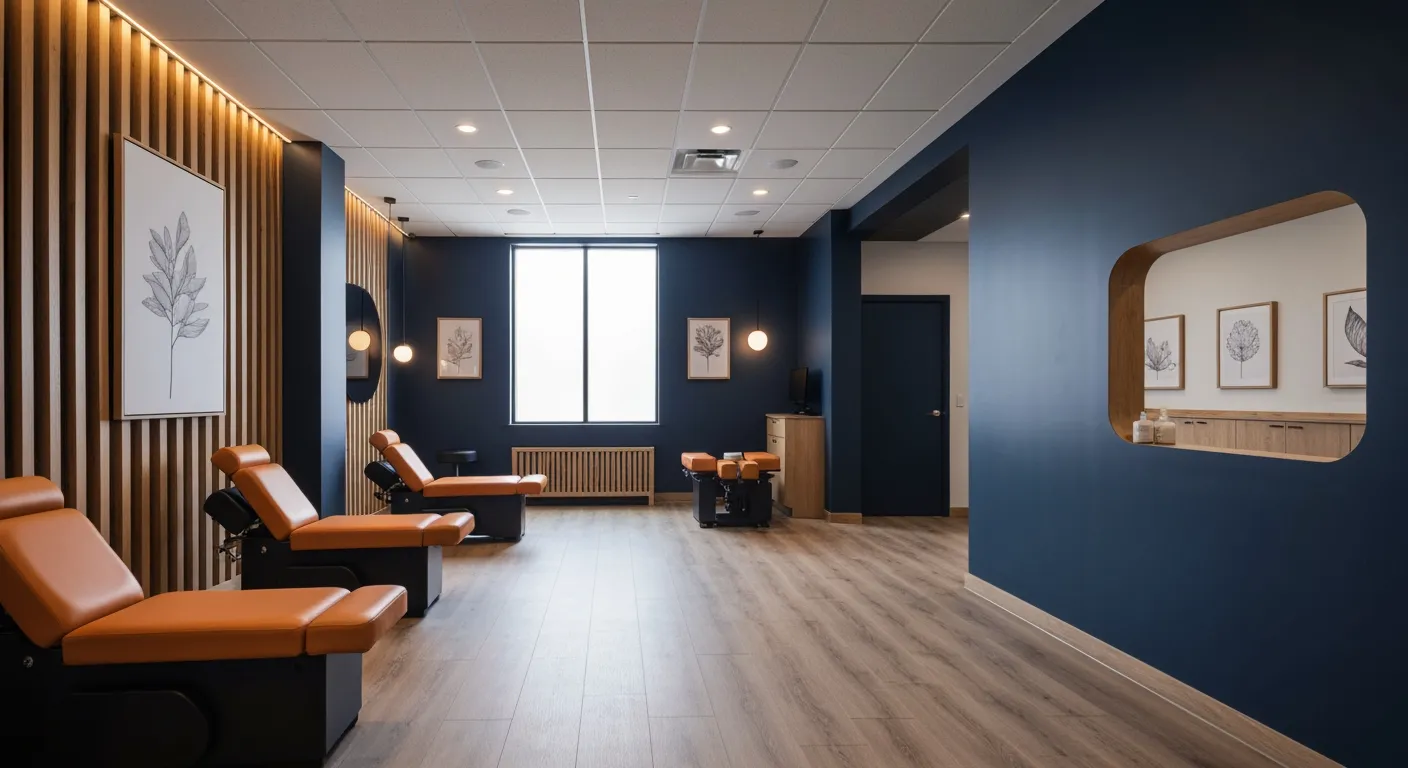
Lifestyle Changes That Promote a Healthy Spine and Prevent Injury
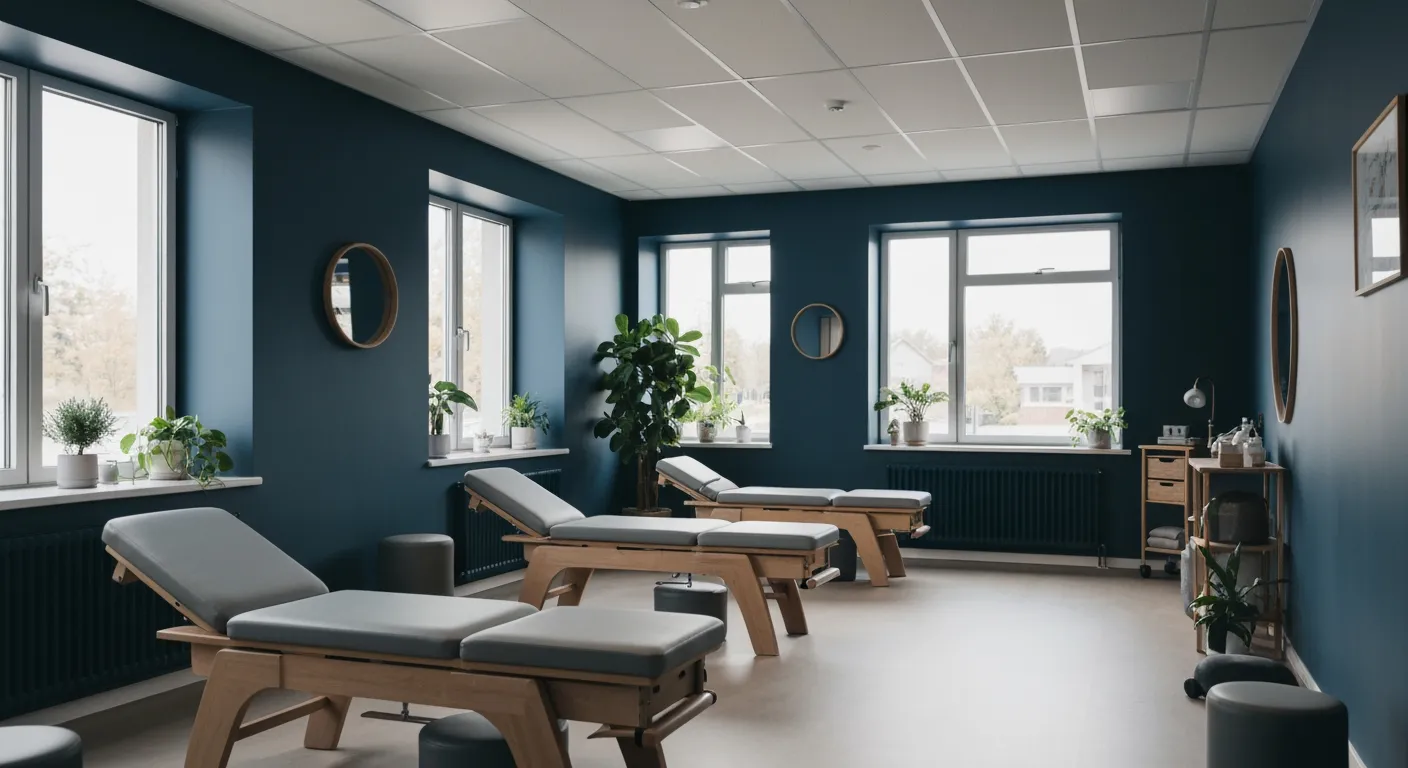
How Addressing the Root Cause of Pain Leads to Lasting Relief
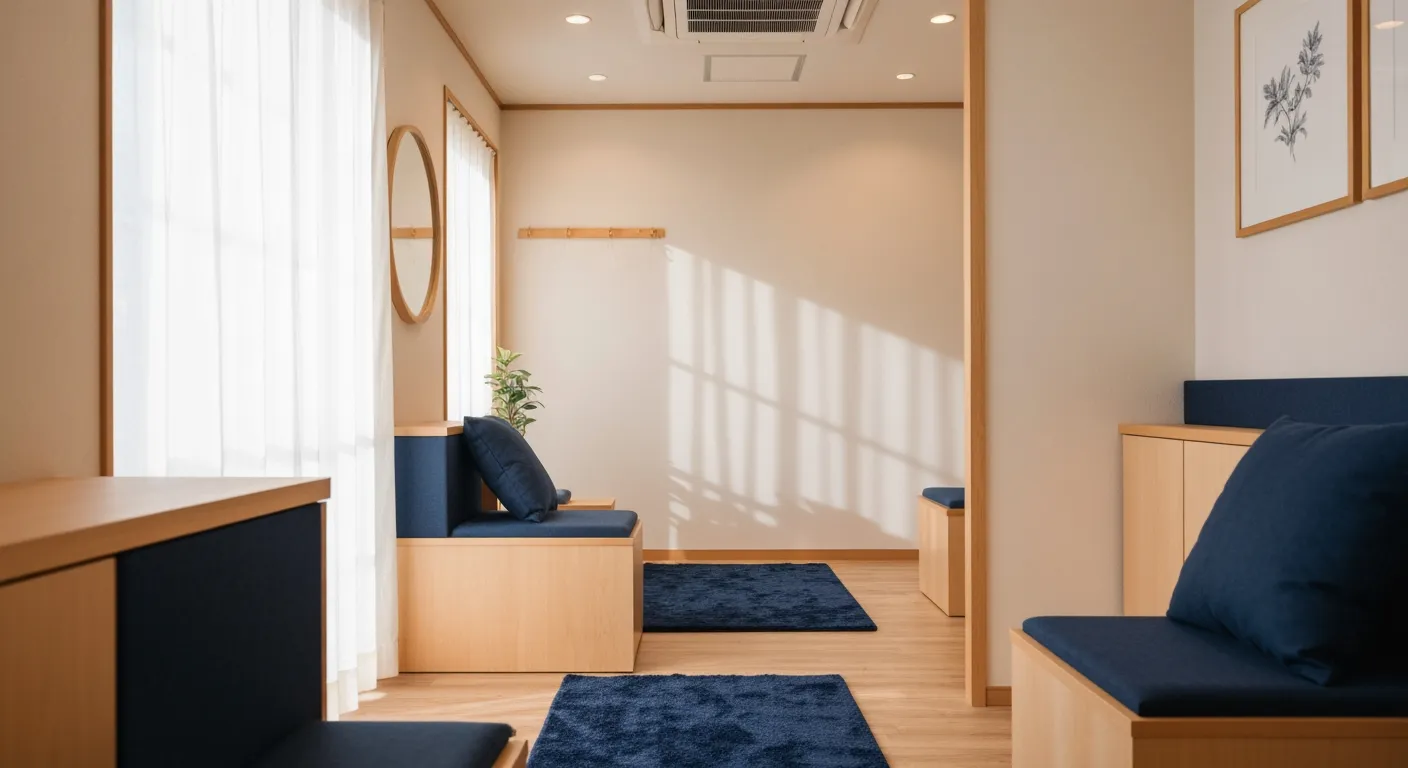
Non-Surgical Holistic Therapies to Manage Chronic Pain Effectively

Nutritional Counseling's Impact on Physical Health and Healing
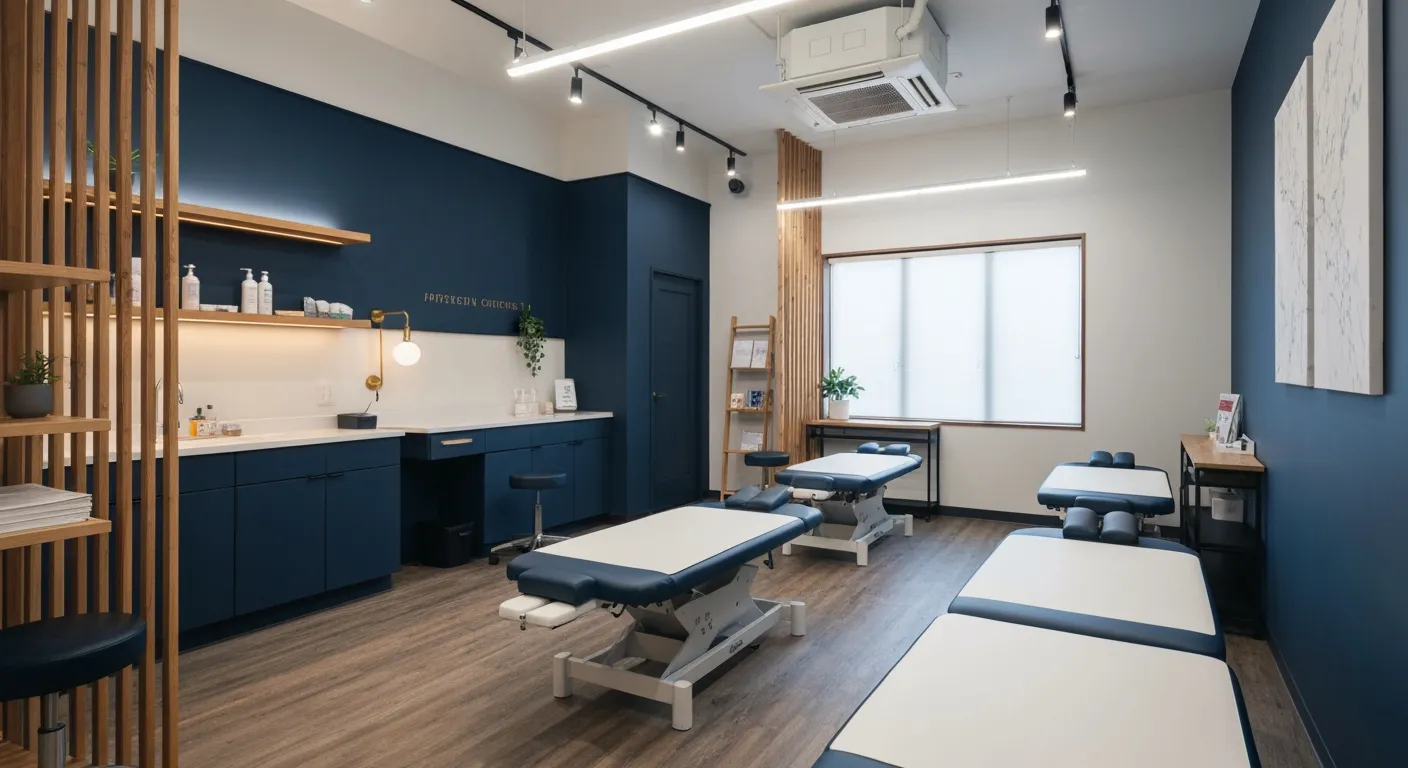
Benefits of Regular Chiropractic Care for a Stronger Back

Your First Chiropractic Visit: What to Expect and How to Prepare

Patient Experiences: How Chiropractic Care Transformed Their Lives
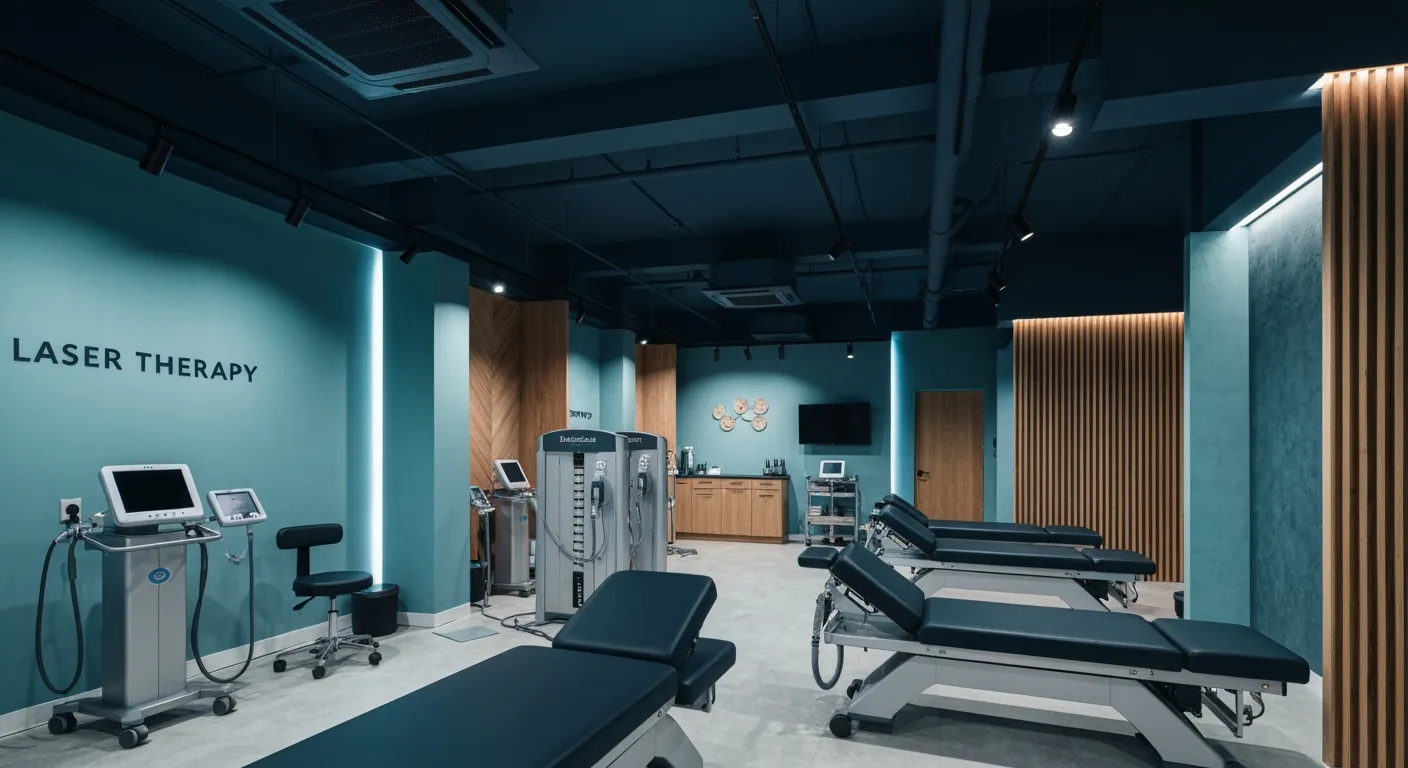
Exploring Holistic, Non-Surgical Options for Pain Management

Combining Physiotherapy with Chiropractic Treatments for Enhanced Recovery
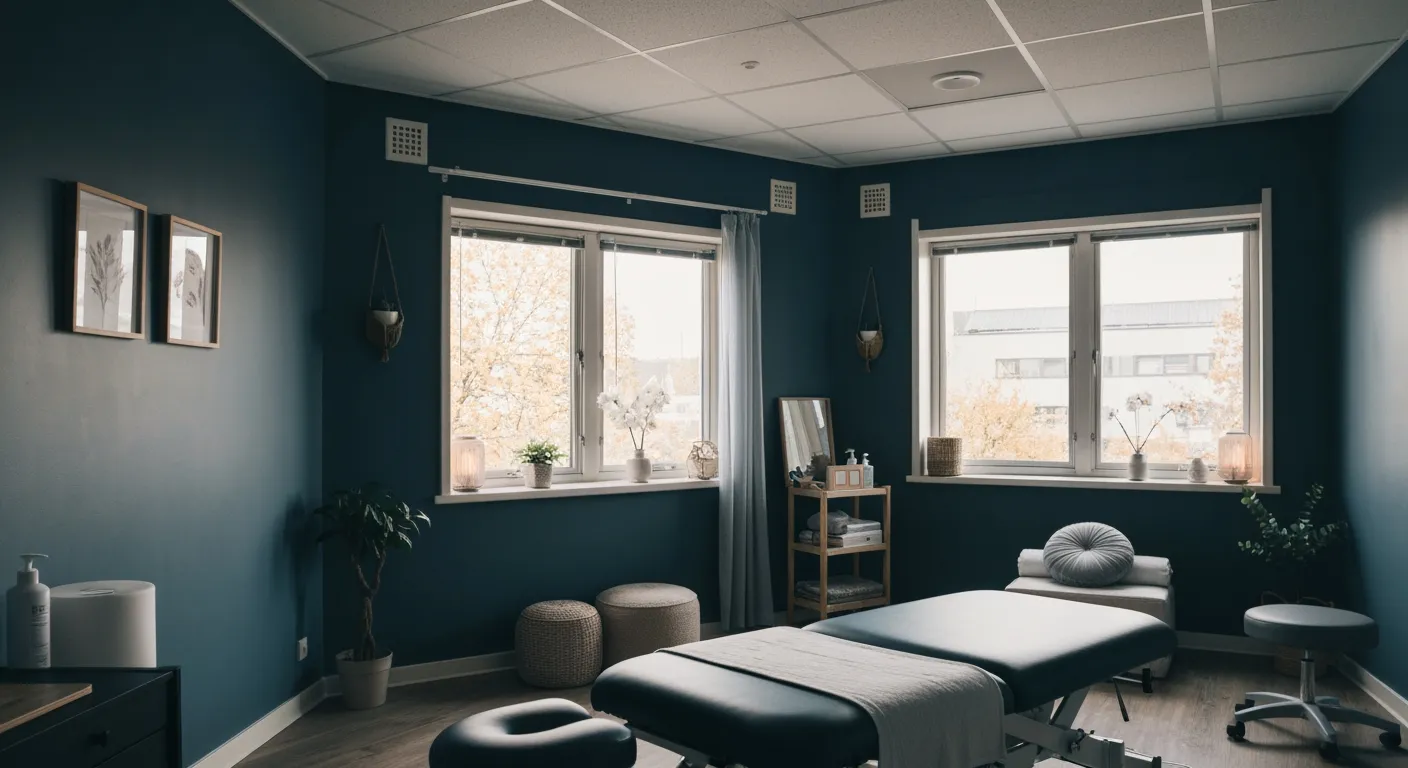
Holistic Treatments That Offer Alternatives to Surgery for Pain Relief

Corrective Exercise Strategies for Long-Term Spine Health
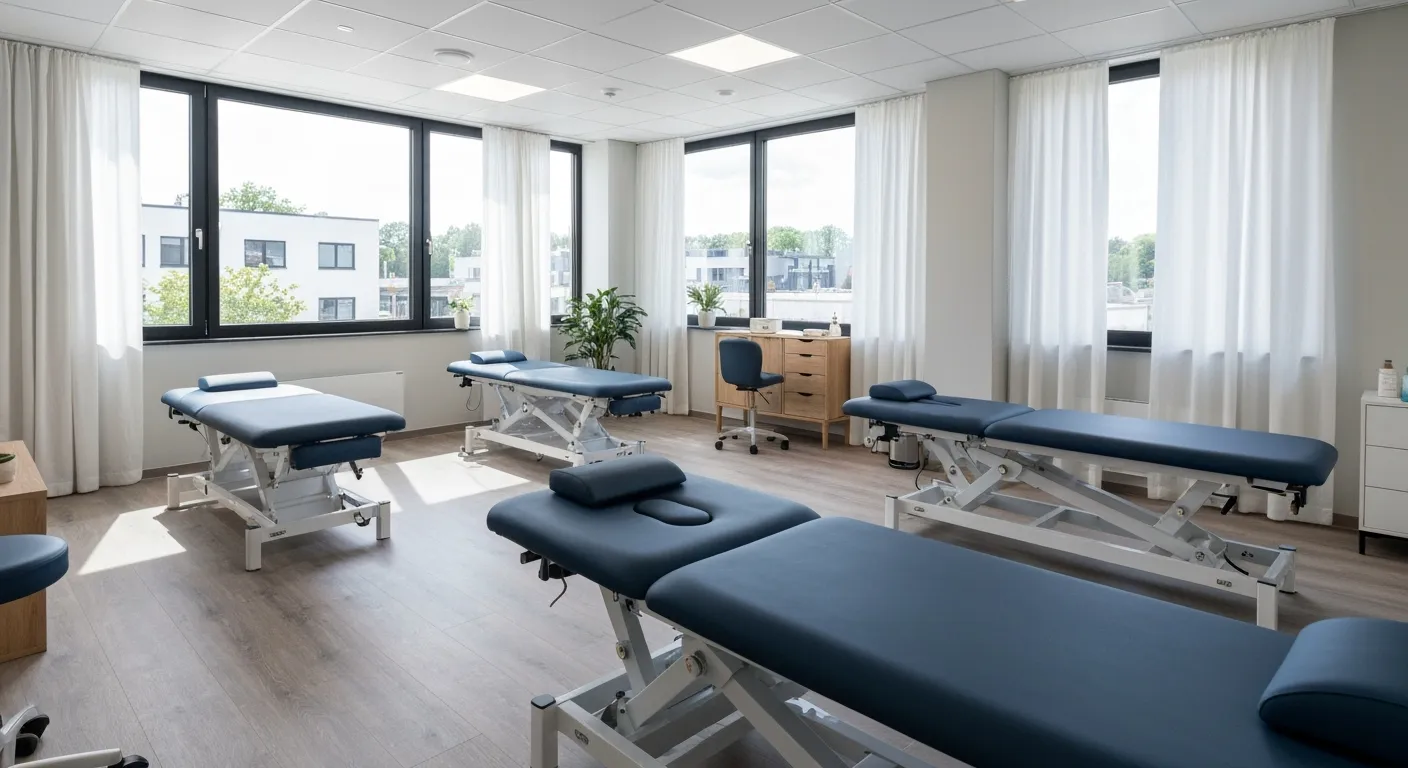
How Physiotherapy Complements Chiropractic Adjustments for Better Outcomes
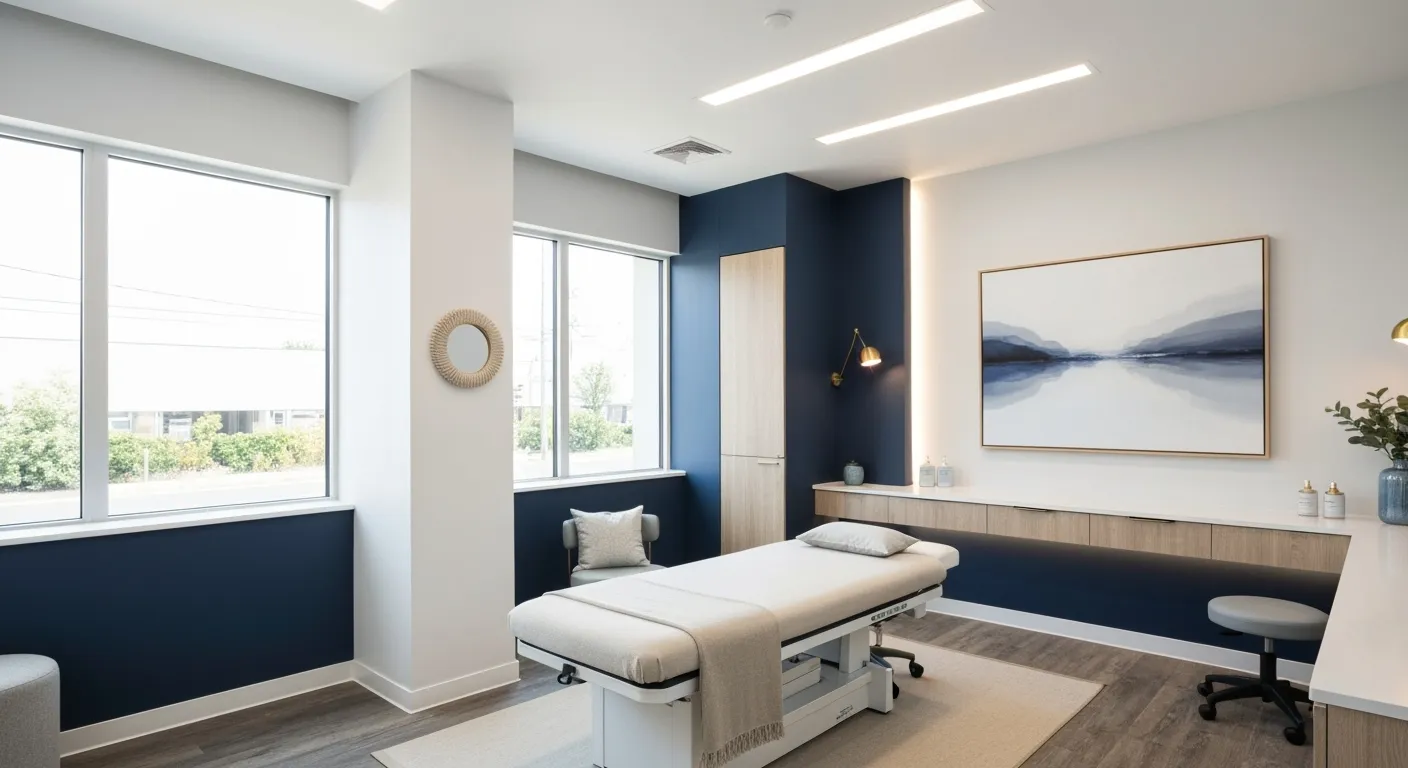
First-Time Chiropractic Visitors: What You Should Know

Understanding the Importance of Treating Pain at Its Source

Adopting Lifestyle Changes to Support Your Spine's Wellness

Utilizing Physiotherapy to Enhance Chiropractic Treatment Outcomes

The Key Advantages of Chiropractic Care for Back Pain Sufferers

Why Focusing on Root Causes Improves Pain Treatment Success

Corrective Exercises That Promote Lasting Pain Relief and Mobility
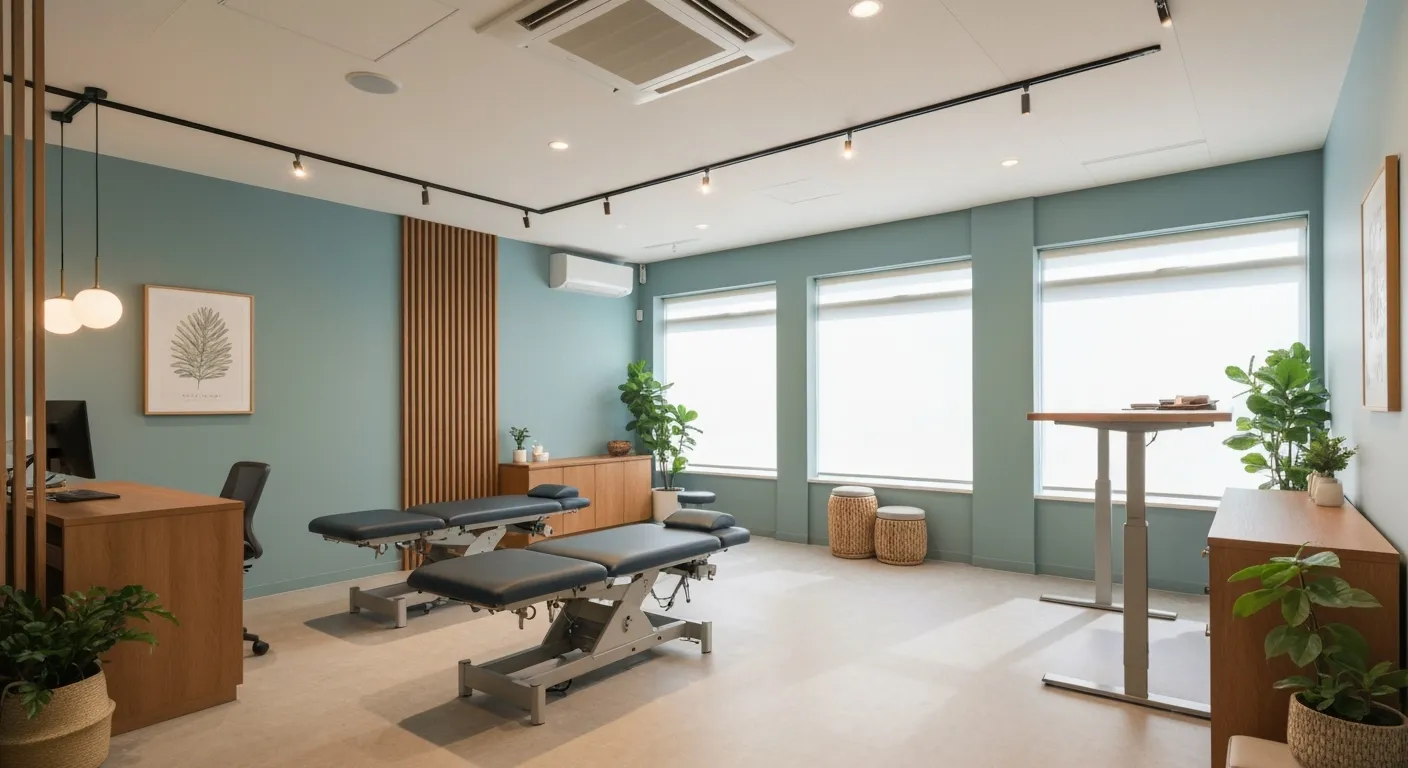
Sciatica Relief Through Targeted Spinal Decompression Techniques
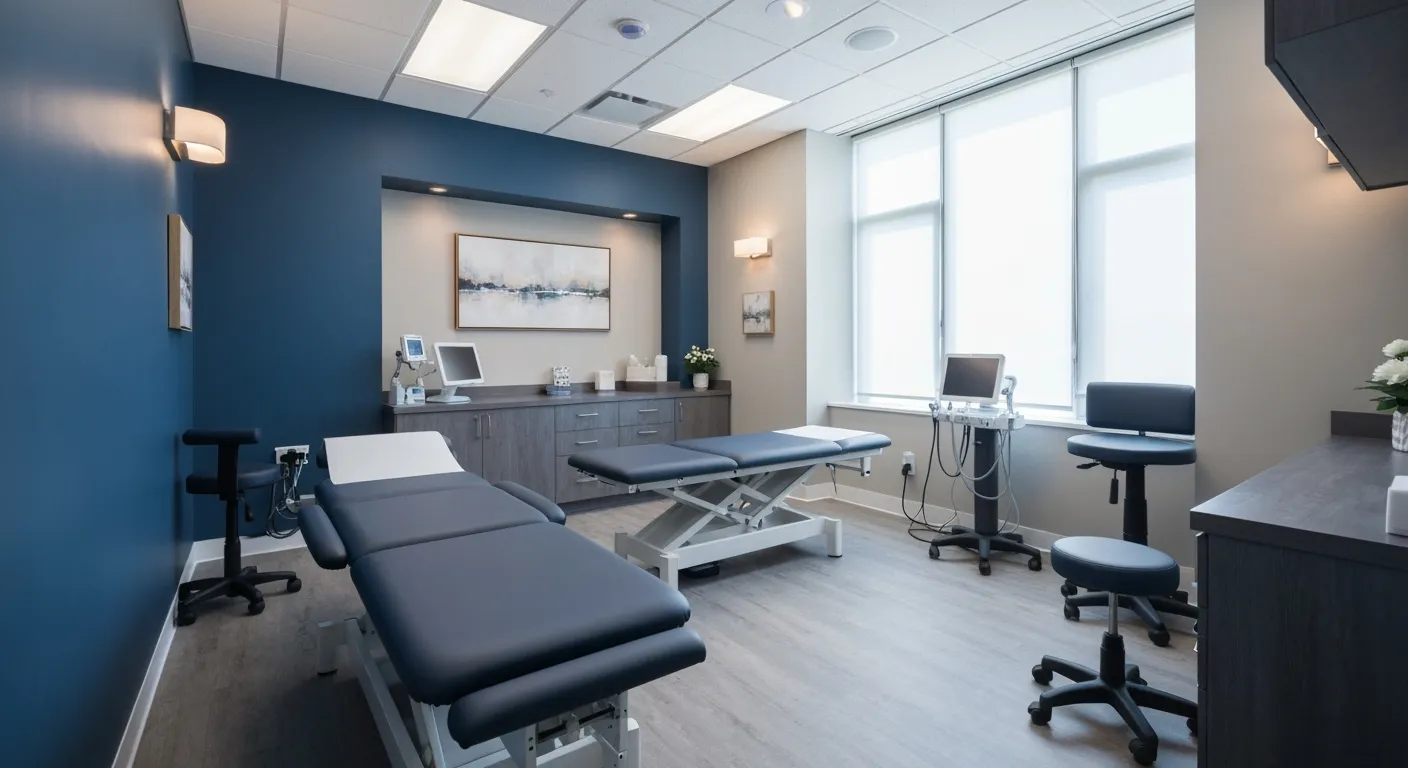
Preparing for Your First Chiropractic Appointment with Confidence
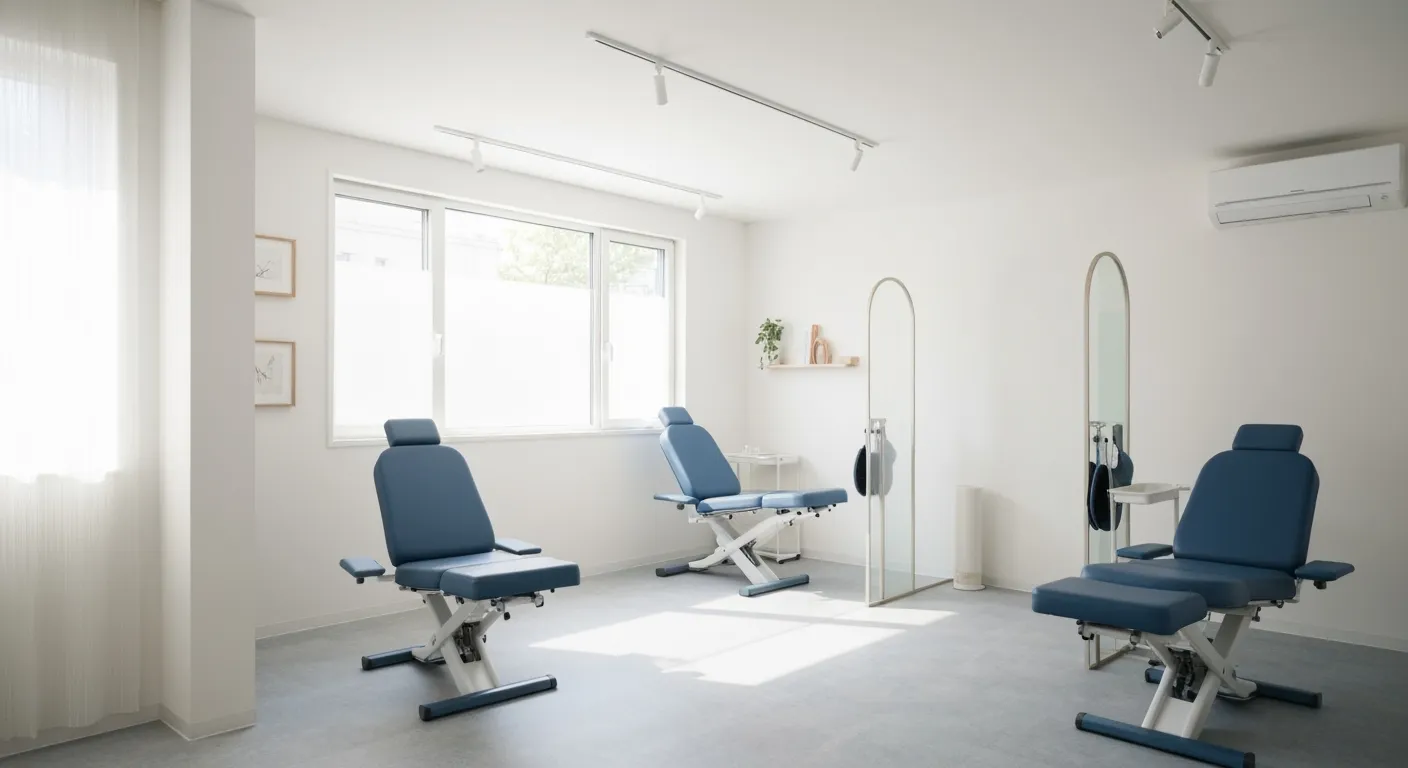
Healthy Lifestyle Habits for Maintaining Spinal Alignment

Success Stories Highlighting Chiropractic's Role in Pain Recovery

Top Benefits of Chiropractic Care for Chronic Back Pain
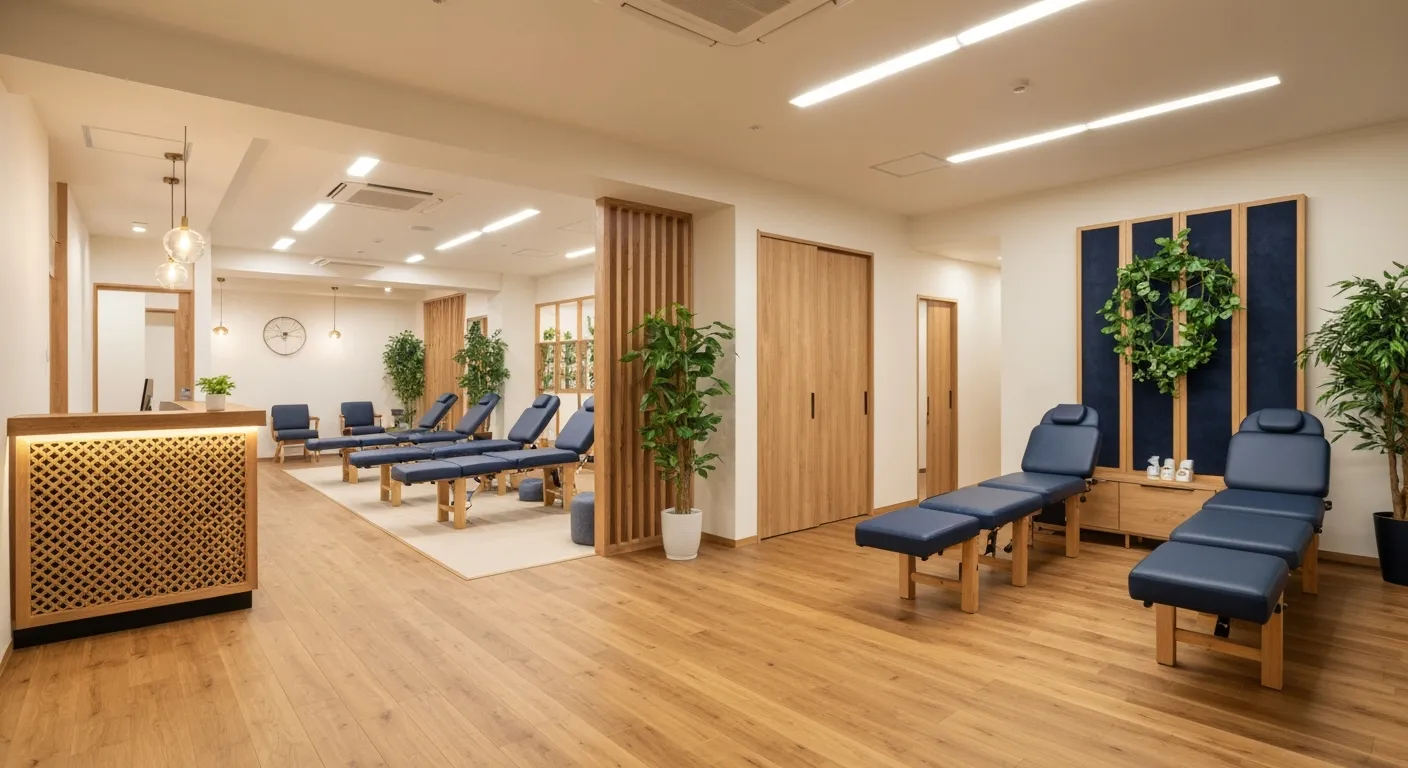
Nutrition Tips to Boost Your Overall Wellness and Recovery

How Chiropractic Care Alleviates Back Pain Naturally
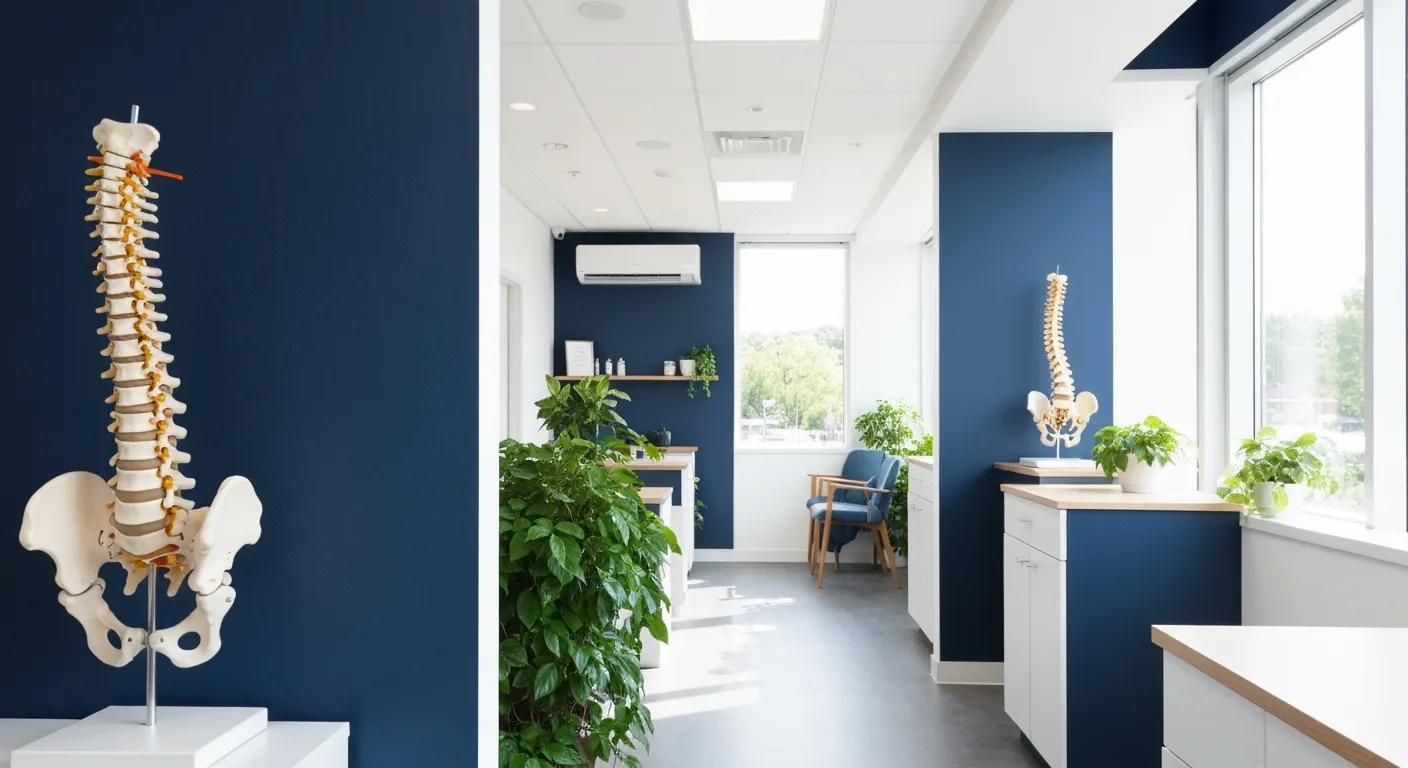
How Nutritional Counseling Supports Overall Wellness and Spine Health
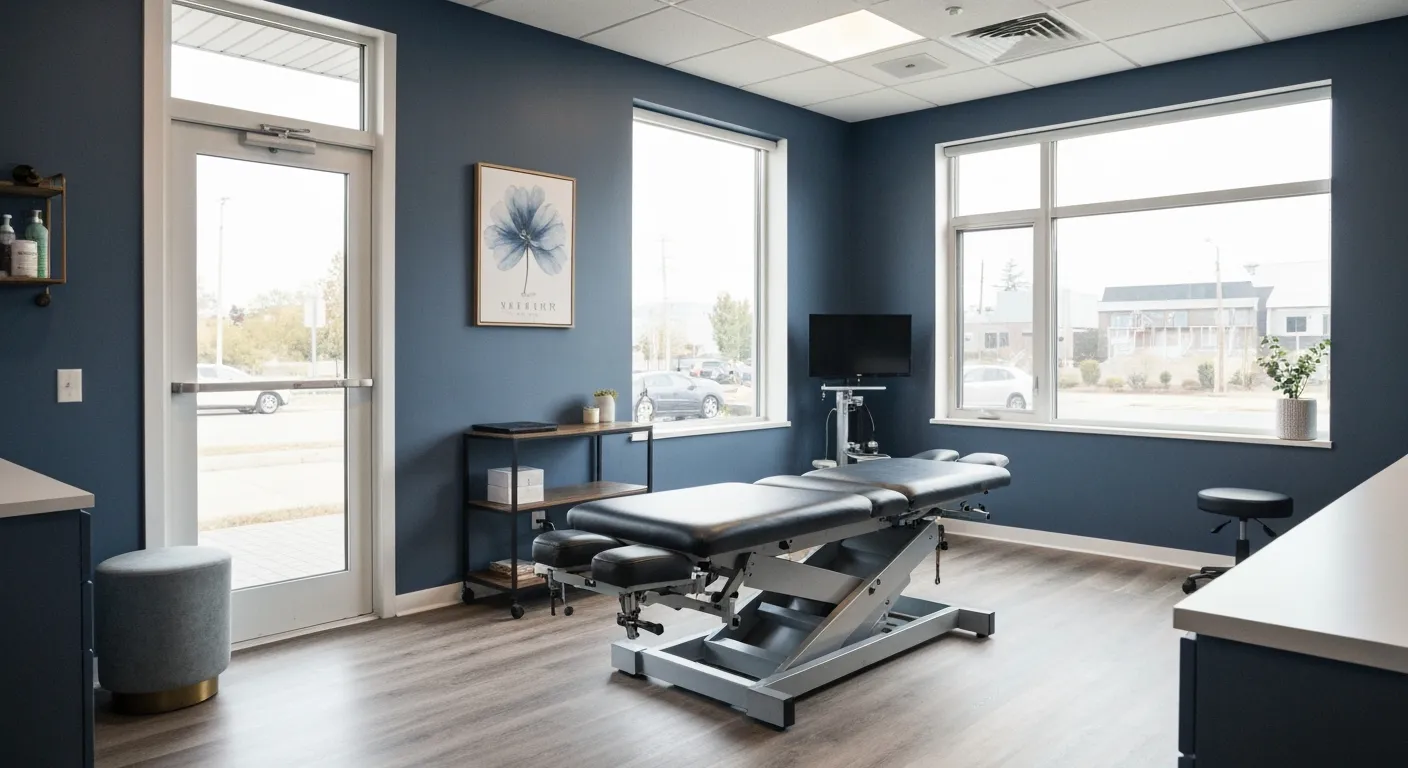
Step-by-Step Guide to Your First Visit with a Chiropractor

Using Nutrition to Support Chiropractic and Overall Wellness

Integrating Physiotherapy in Your Chiropractic Healing Journey

How Physiotherapy Complements Chiropractic Adjustments for Faster Healing
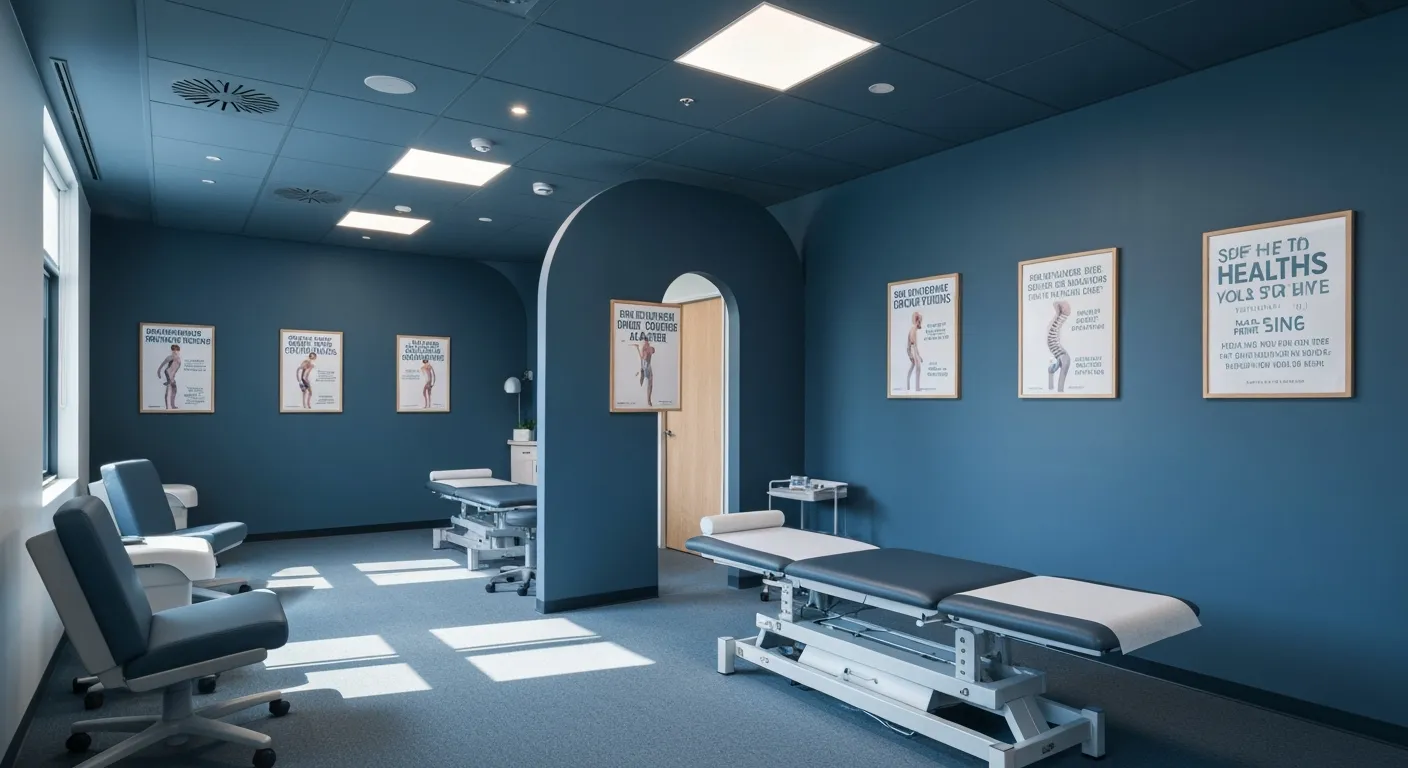
Lifestyle Tips for Maintaining a Healthy Spine and Preventing Back Pain

Heartwarming Patient Testimonials Highlighting Chiropractic Success

How Proper Nutrition Supports Chiropractic and Physiotherapy Treatments

Combining Physiotherapy and Chiropractic Treatments for Optimal Recovery
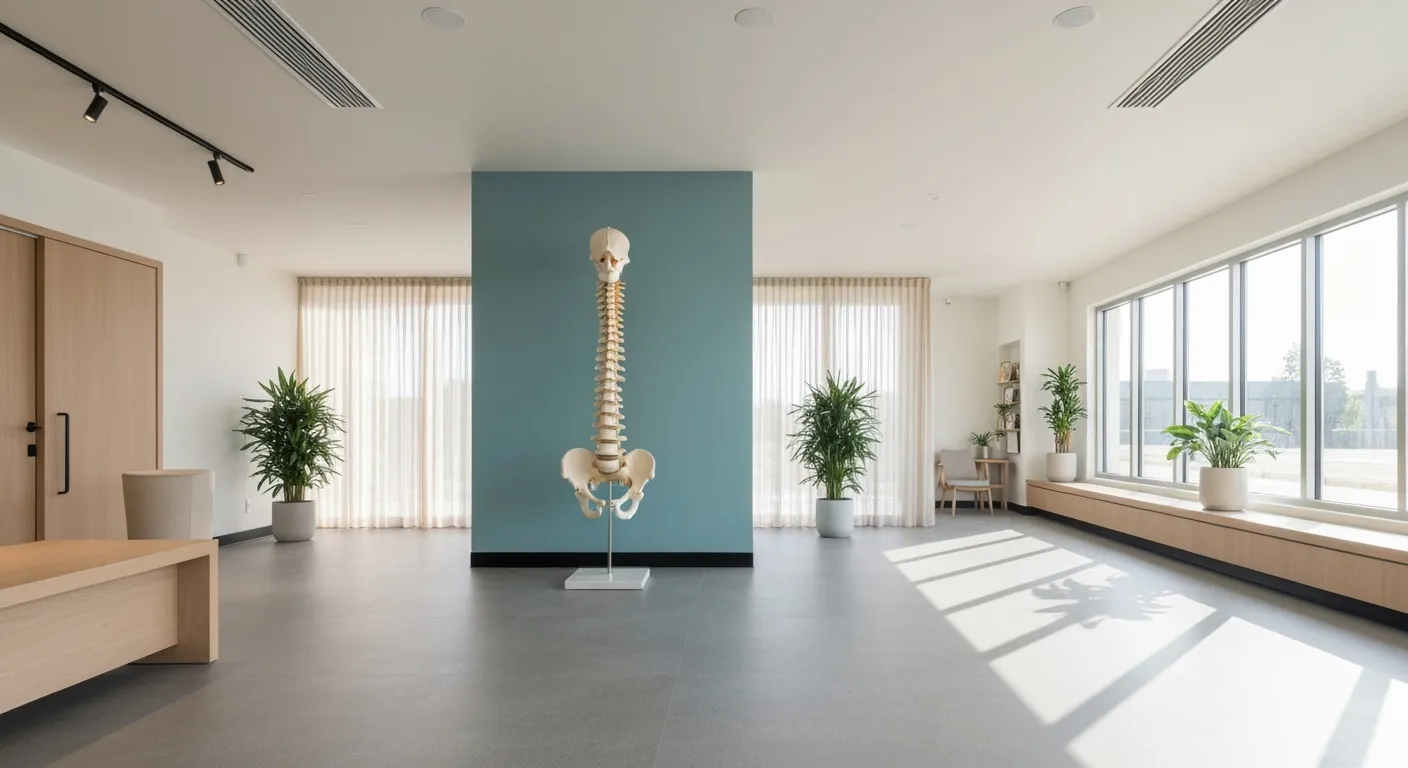
Why Chiropractic Treatments Are Effective for Managing Back Pain

Choosing a Chiropractor: Tips for Finding a Trusted Provider

Integrating Physiotherapy and Chiropractic: Benefits and What to Expect

How Tailored Corrective Exercises Can Aid in Pain Management

Chiropractic Care: A Proven Solution for Alleviating Back Pain

What to Expect at Your First Chiropractic Visit: A Comprehensive Guide

The Importance of Root Cause Analysis in Effective Pain Management
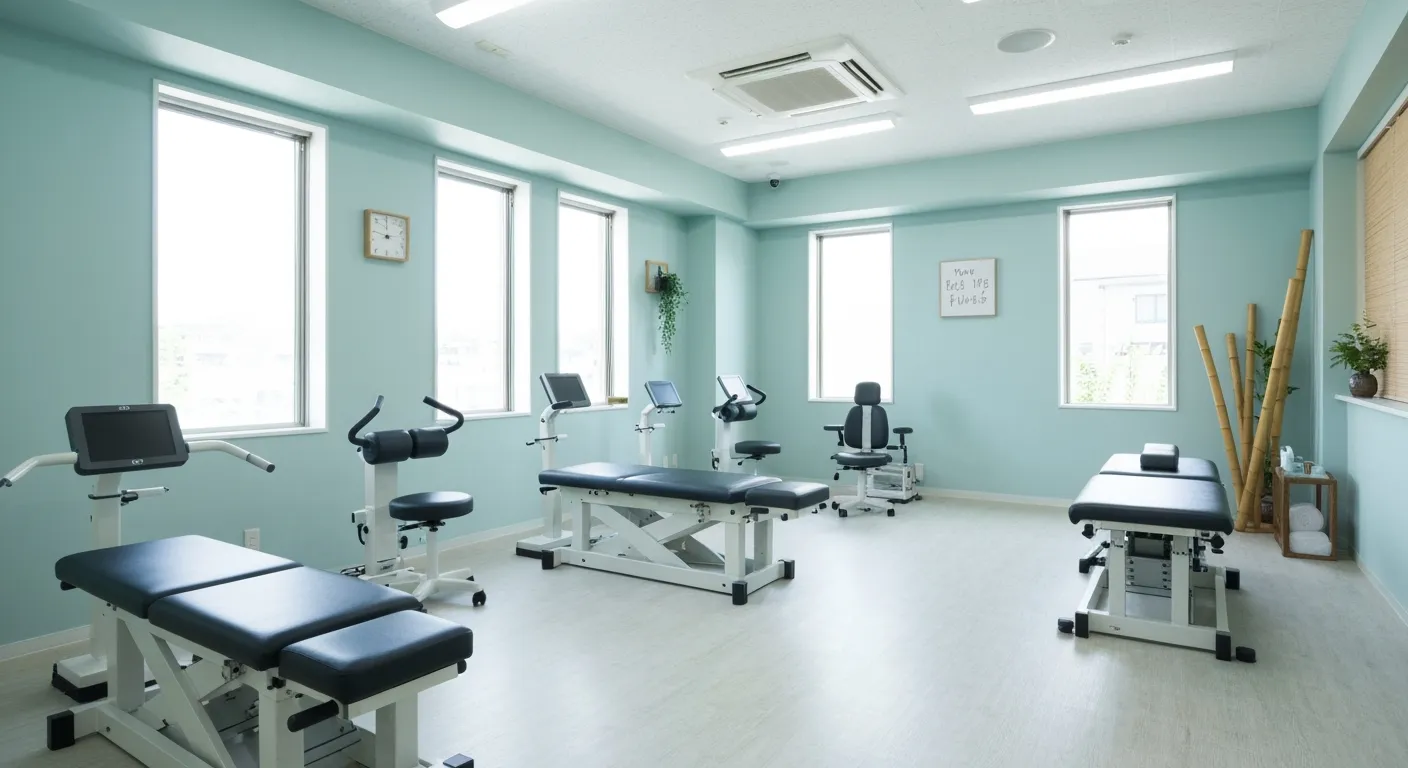
The Role of Corrective Exercises in Sustaining Pain-Free Living

Combining Chiropractic and Physiotherapy for Comprehensive Pain Relief
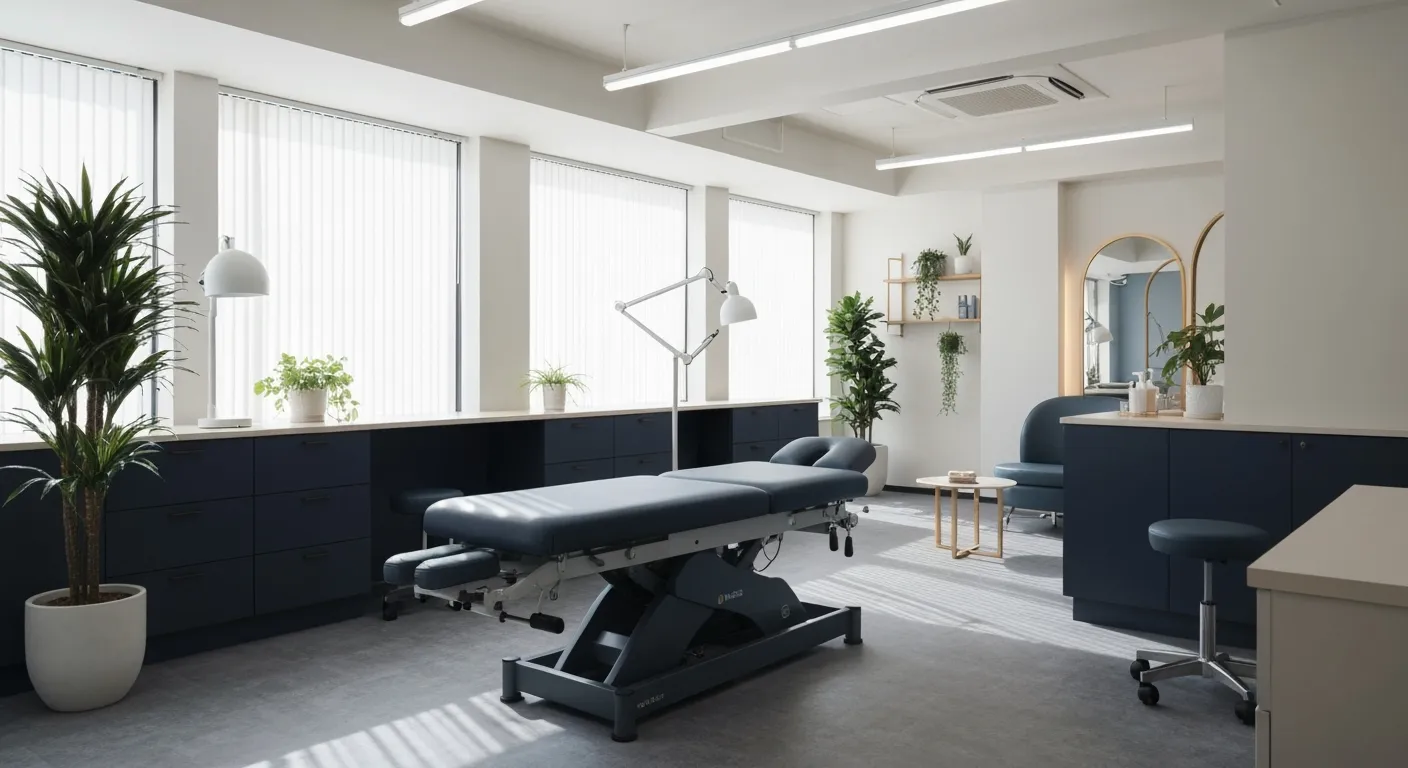
How Addressing Underlying Causes Improves Pain Treatment Effectiveness
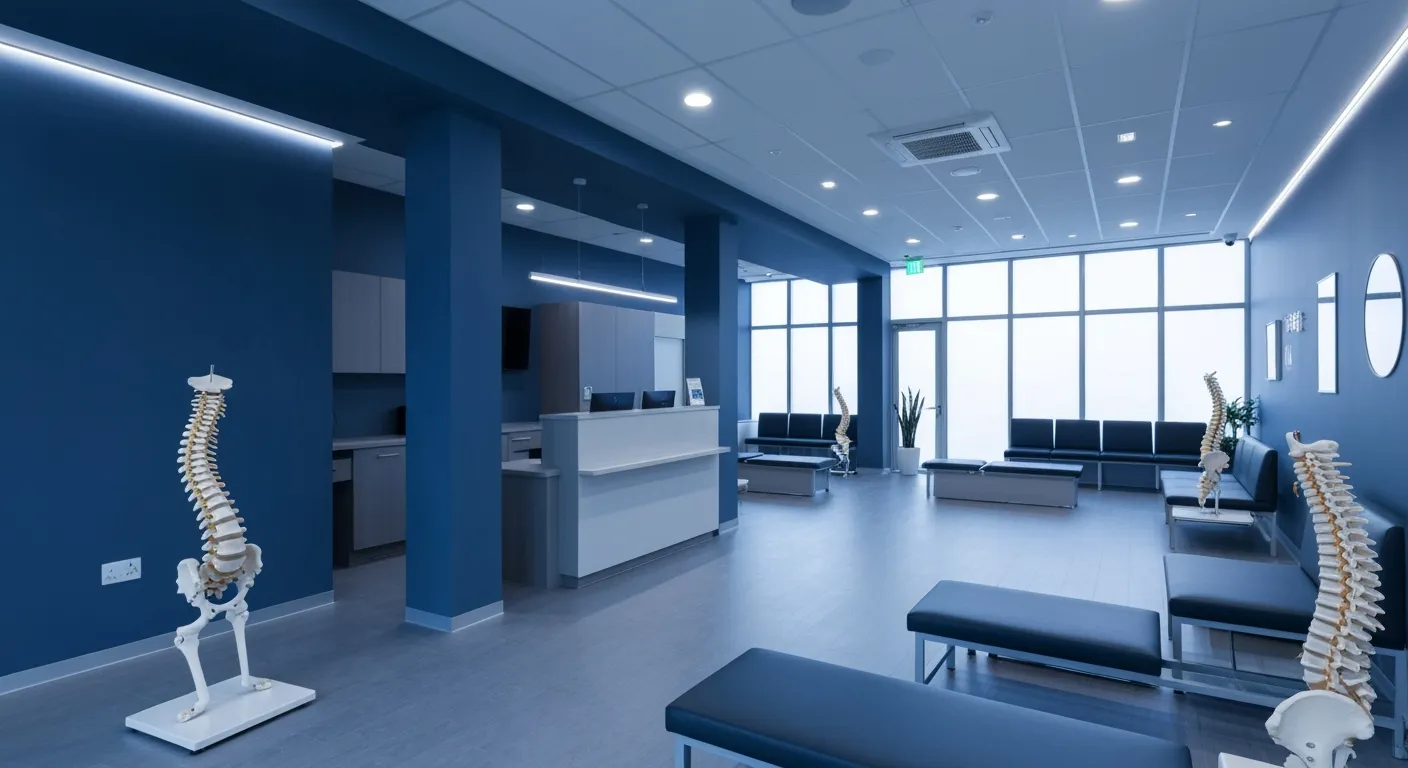
Maintaining Spinal Health Through Lifestyle Changes and Preventive Care

Understanding the Benefits of Chiropractic Adjustments for Back Pain Sufferers

Spinal Decompression Therapy: A New Hope for Sciatica Relief

Lifestyle Recommendations to Support a Healthy Spine and Reduce Pain
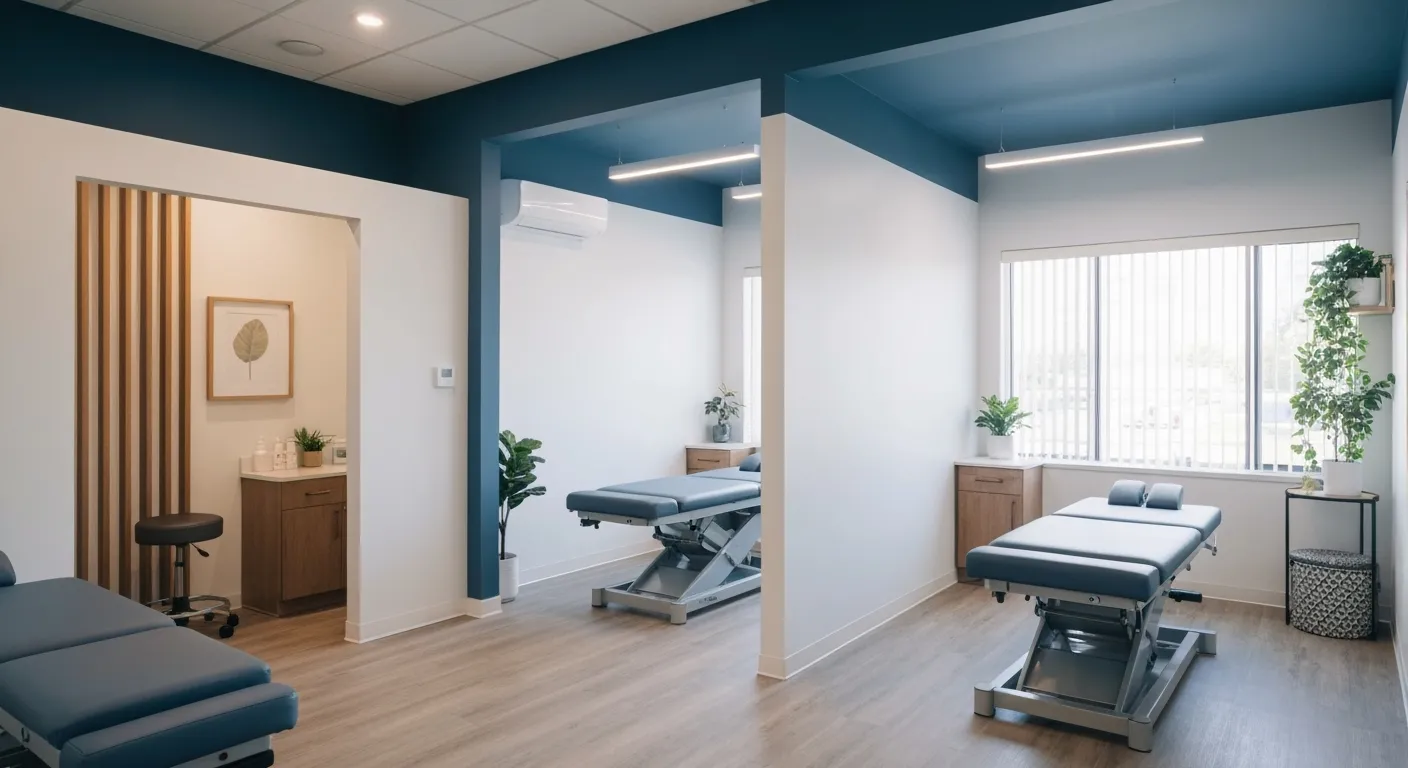
Choosing the Right Chiropractor: Key Factors to Consider Before Your First Appointment
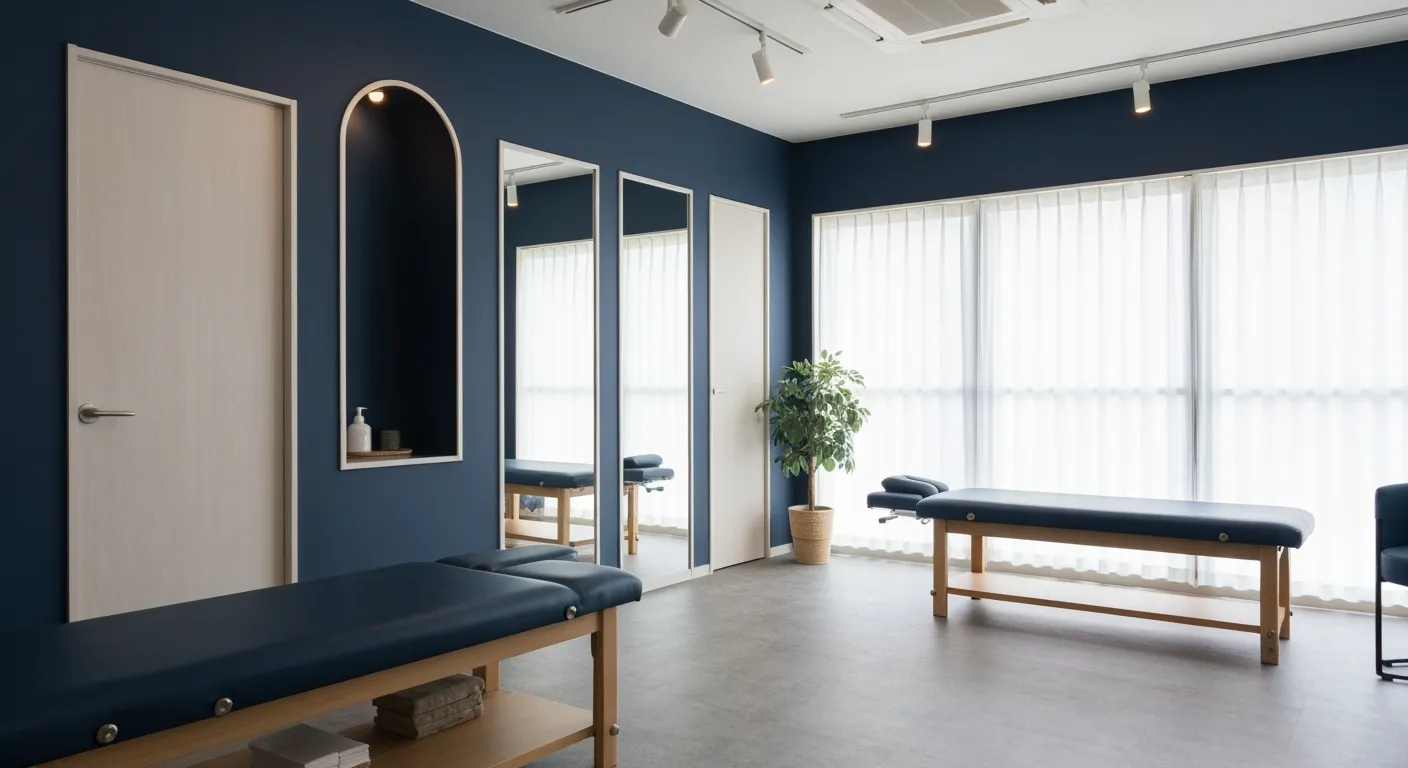
Non-Invasive Treatment Alternatives: A Holistic Approach to Pain Relief

Corrective Exercises to Support Long-Term Relief from Chronic Pain

Exploring Non-Surgical Approaches to Spine Health and Wellness

Tips for Daily Habits That Keep Your Spine Strong

Success Stories: How Chiropractic Treatments Changed Lives

Why Focusing on the Root Cause of Pain Leads to Better Outcomes
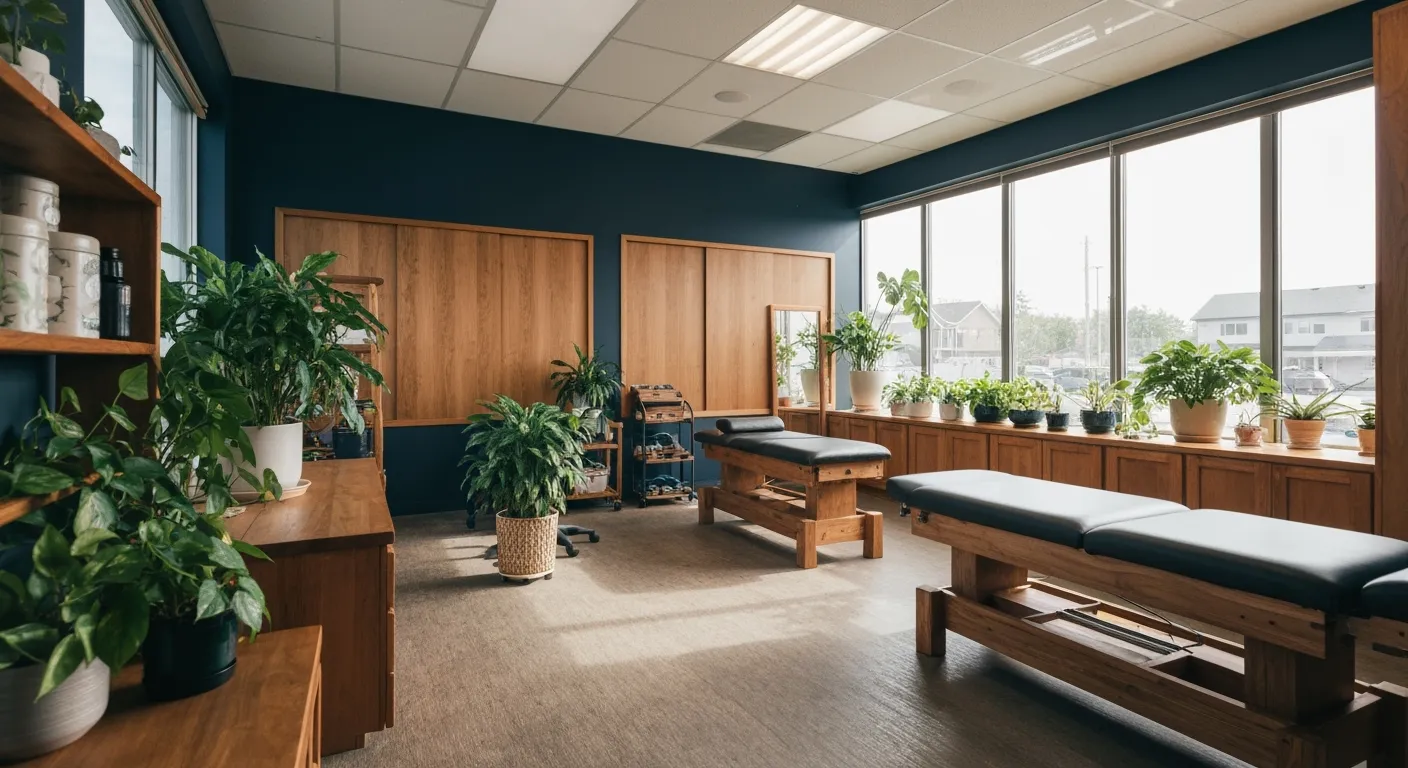
Nutritional Counseling and Its Impact on Overall Wellness and Recovery

Patient Testimonials That Showcase the Power of Chiropractic Care

Preparing for Your First Chiropractic Appointment: What You Need to Know
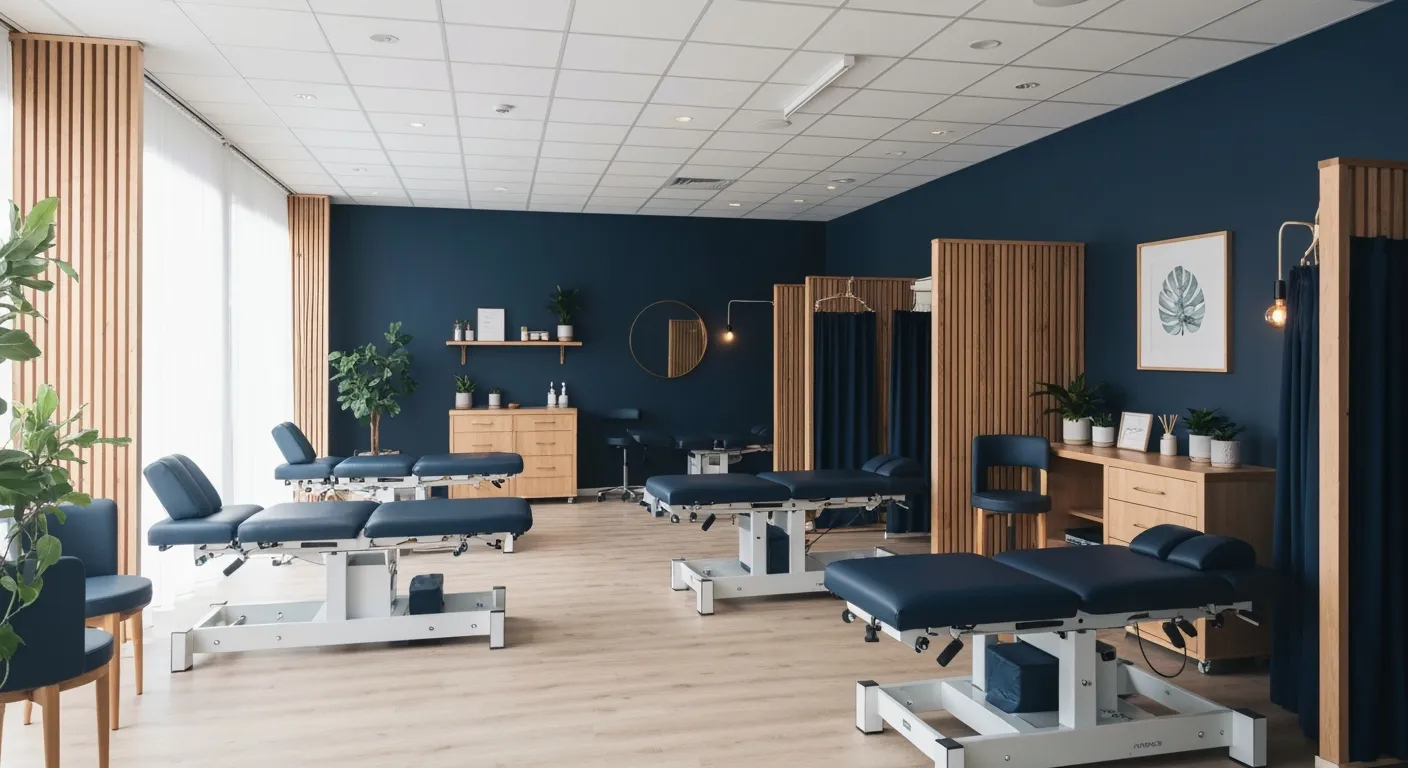
Holistic Treatment Options: Beyond Surgery for Pain Relief
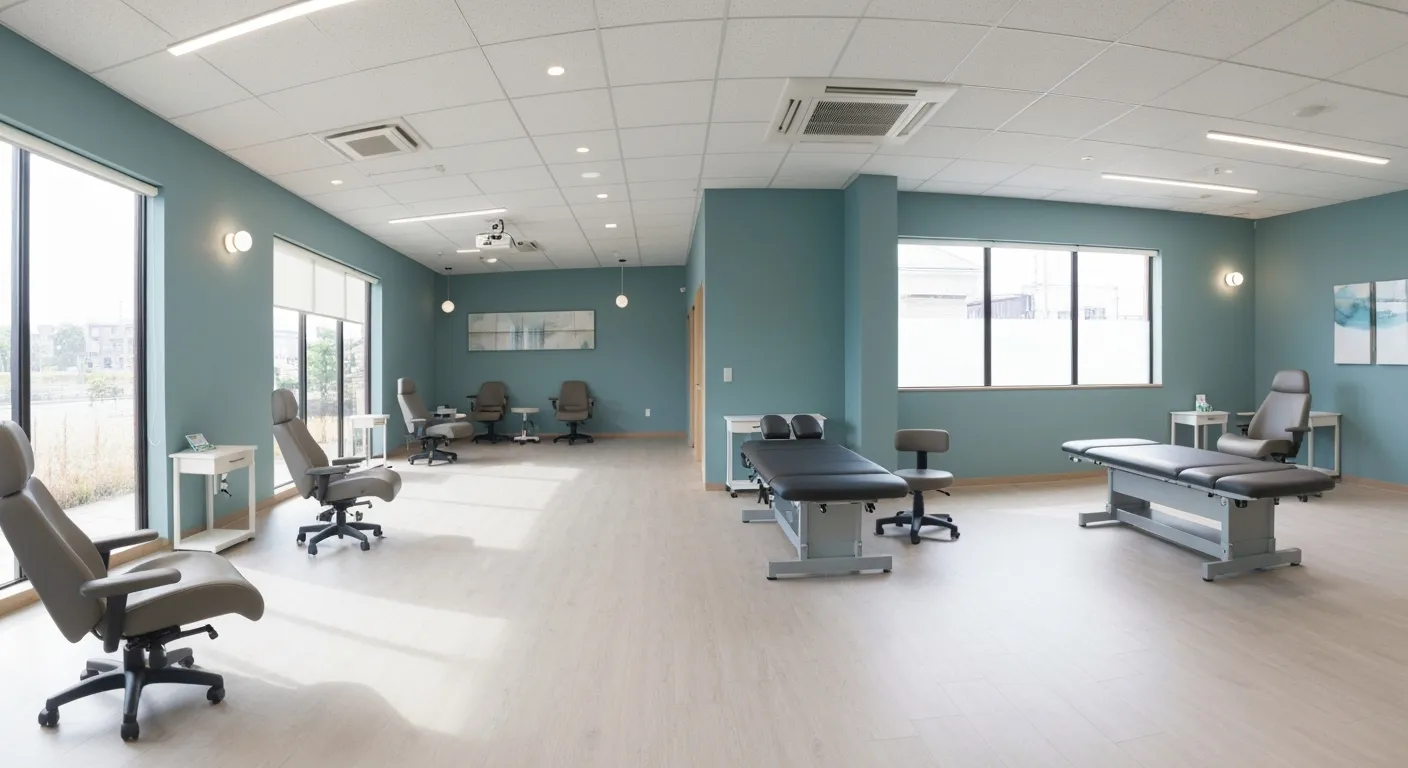
Holistic Pain Relief Methods That Avoid Surgery

Nutritional Strategies for Supporting Spine Health and Recovery
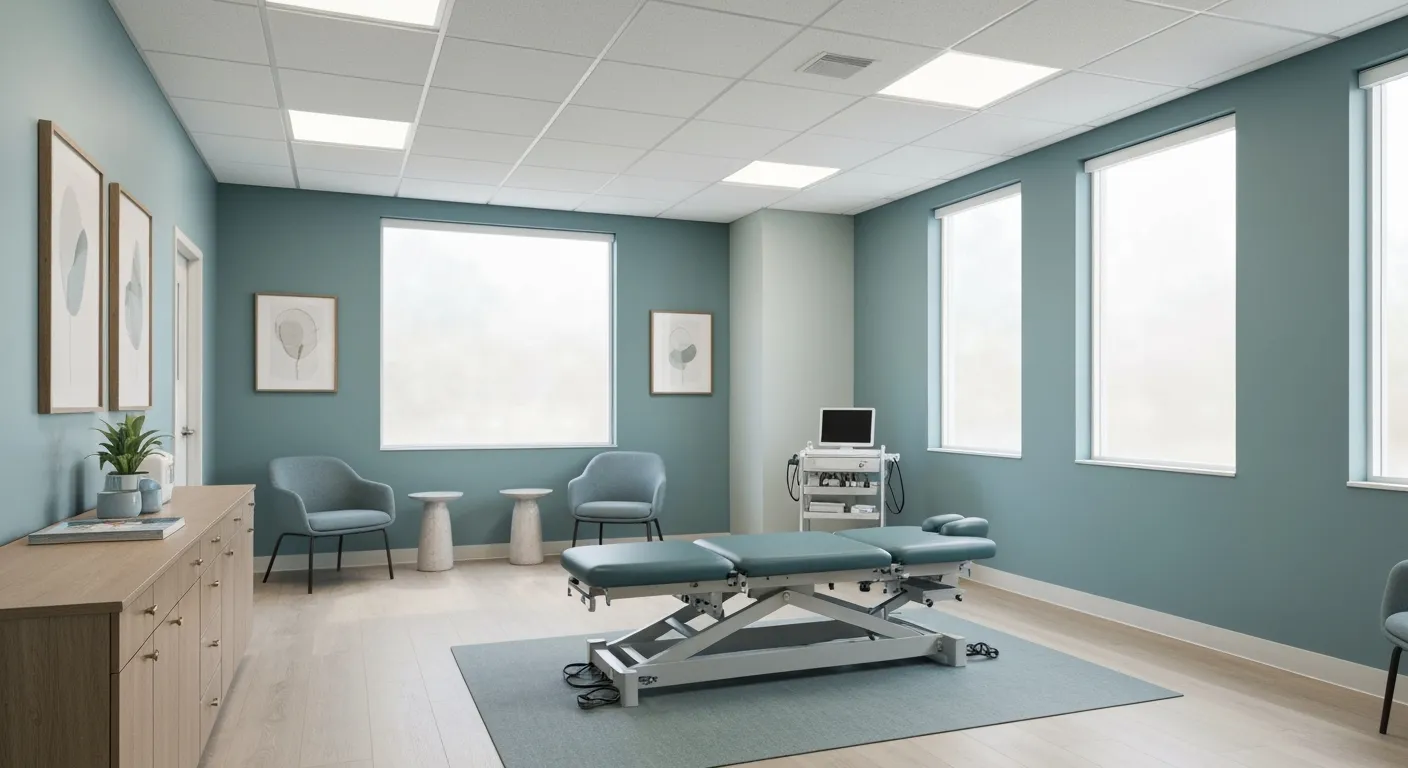
First Chiropractic Visit: What Happens and How to Prepare

Chiropractic Patient Success Stories: Inspiring Journeys to Wellness

Effectiveness of Spinal Decompression Therapy in Managing Sciatic Nerve Pain

Addressing Pain at Its Source: Why Treating the Root Cause Matters

Corrective Exercise Programs Designed for Long-Term Pain Prevention

Healthy Lifestyle Advice for Maintaining Spinal Alignment
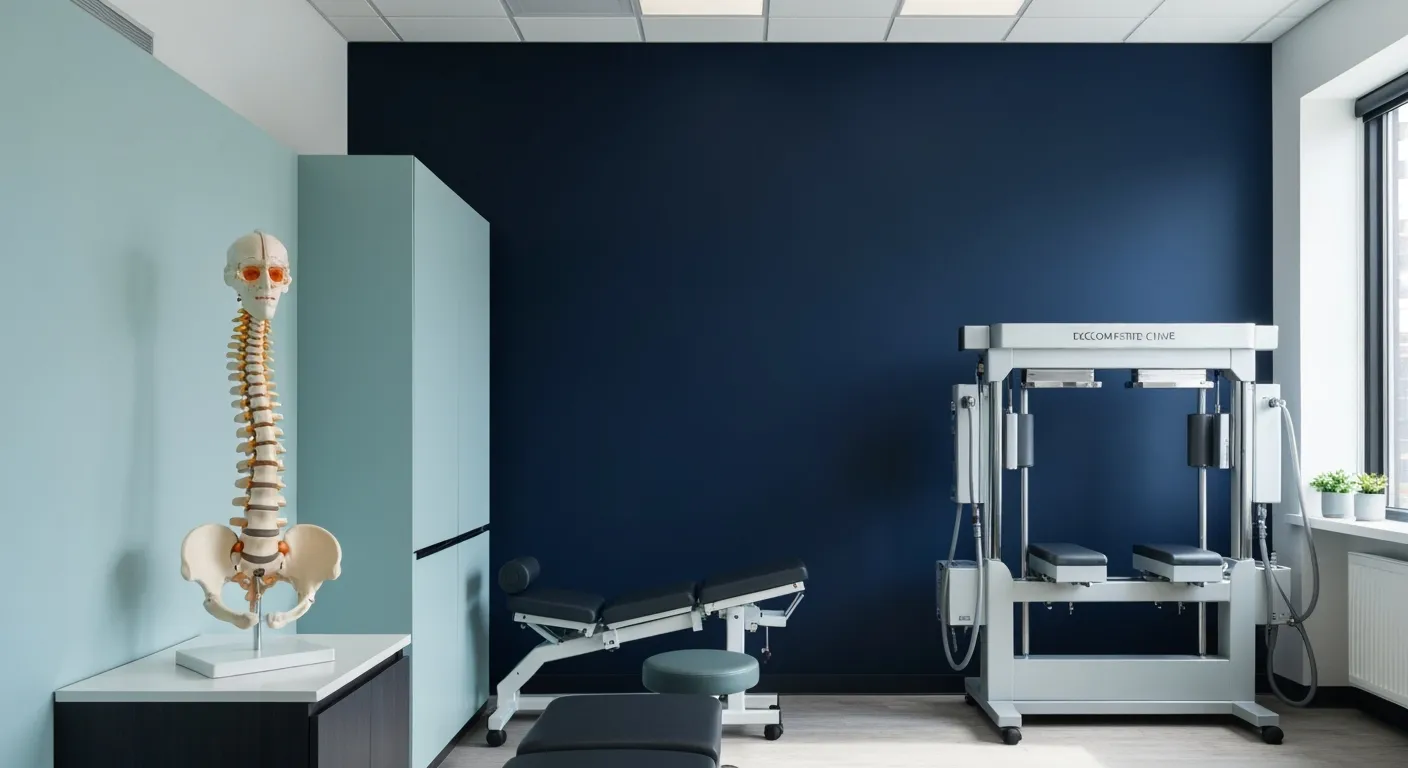
Understanding Spinal Decompression as a Treatment for Sciatica Pain
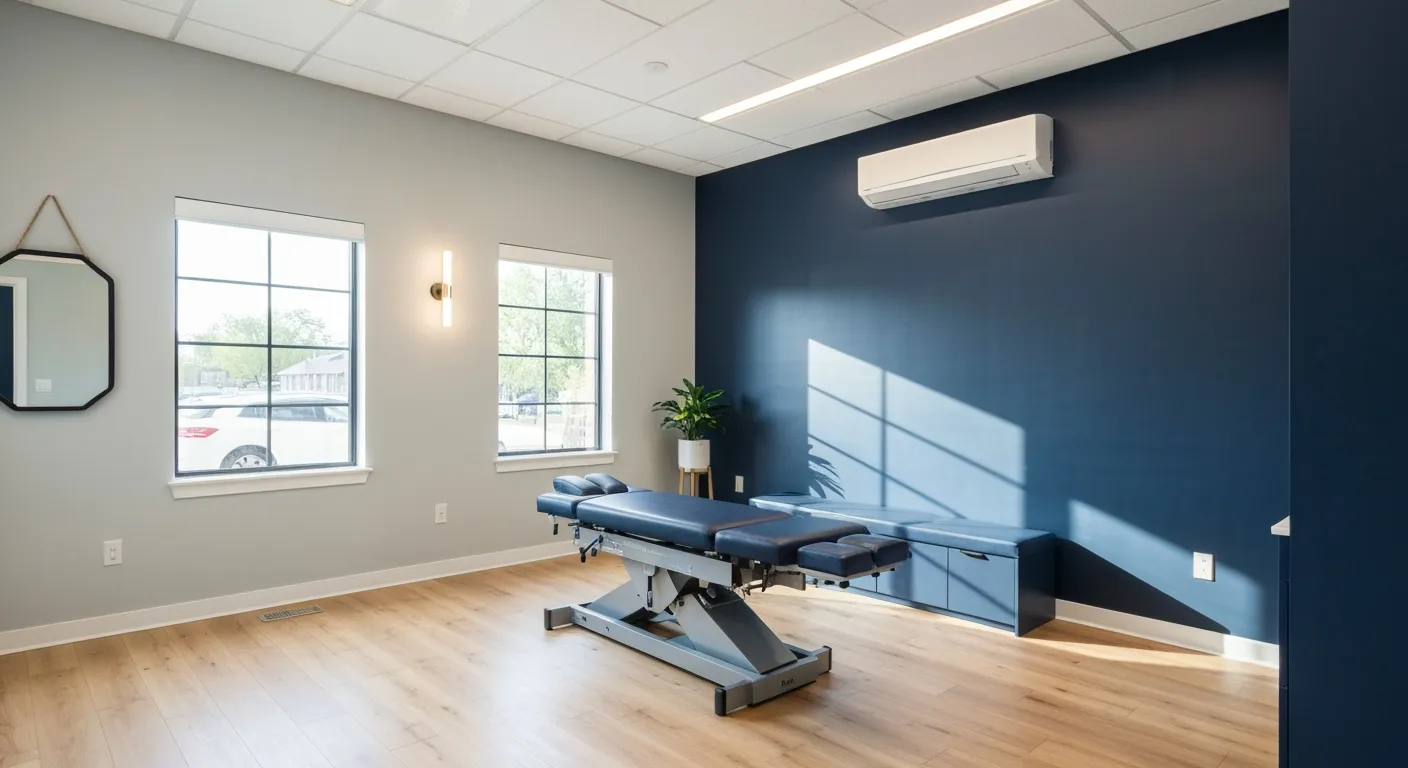
Benefits of Chiropractic Care Specifically for Back Pain Relief

Understanding Gait Analysis in Physiotherapy
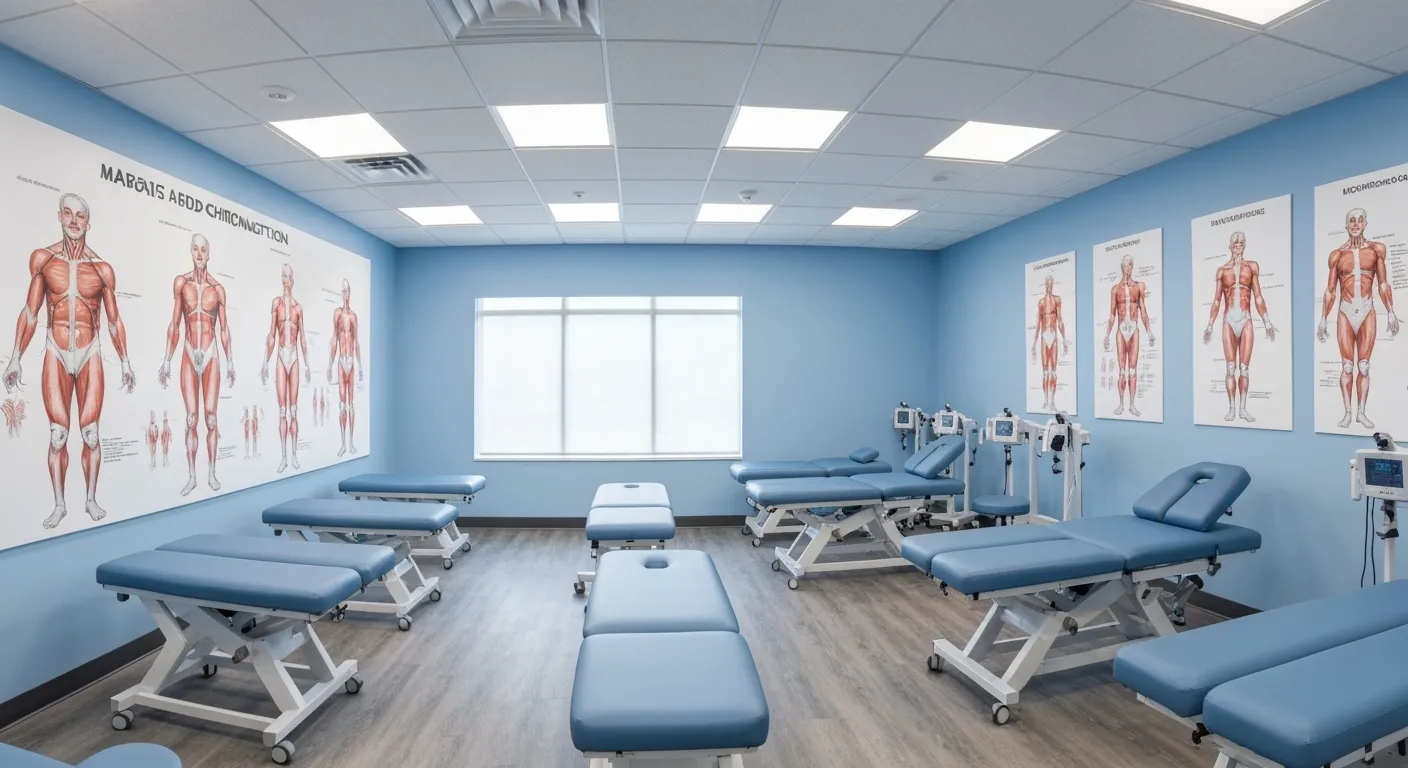
The Difference Between Muscle Soreness and Dysfunction

Workplace Stress Statistics: How Muscle Tension Impacts Productivity
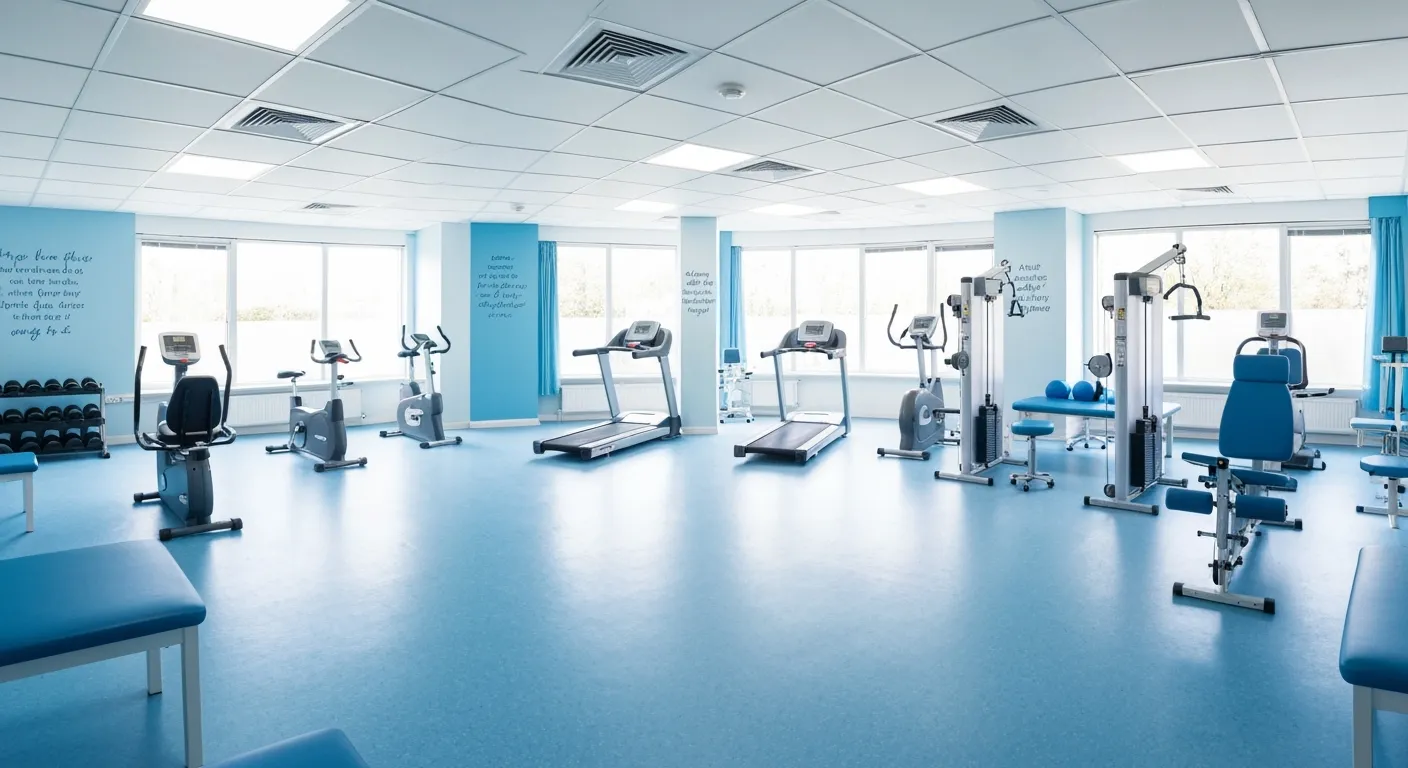
How Physiotherapy Improves Mobility for Seniors

How to Communicate Pain Levels to Your Therapist Effectively

